In the field of keyboards, innovation never stops. From mechanical switches to magnetic and optical switches, the options continue to grow. Now, it’s not just Hall Effect magnetic keyboards—TMR magnetic keyboards have arrived! It uses advanced tunnel magnetoresistance effect technology to make every keystroke accurate and smooth. Moreover, this new TMR sensor magnetic keyboard has a long lifespan and is super energy-efficient.
What is a TMR keyboard?
A TMR keyboard is a type of magnetic keyboard that uses Tunnel Magnetoresistance (TMR) sensors to detect key presses by detecting the changes in resistance.
TMR sensors are based on a quantum mechanical phenomenon where the electrical resistance of a material changes in response to an external magnetic field. It can be very sensitive to changes in the magnetic field and can measure weak magnetic field changes.
Why Use TMR for Magnetic Keyboards?
TMR sensors are generally more sensitive and more accurate, and especially for battery-powered devices, they generally consume less power too.
With the TMR magnetic keyboard, you can enjoy:
1. Unparalleled Precision
Compared to Hall Effect sensors, TMR sensors are far more sensitive—possibly up to 1,000 times more. With settings as small as 0.01 mm, this enhanced sensitivity enables incredibly accurate and precise control over actuation points.
2. Ultra-low Latency
TMR sensors are incredibly sensitive and can provide super-fast and responsive performance. It can be a great choice for the game.
3. High Stability
The TMR sensor offers stable performance in wireless conditions, ensuring precise tracking and low latency. This makes it perfect for competitive gaming, providing smooth, reliable control and longer battery life.
4. Lower Power Consumption
The TMR sensor consumes less power, which is especially important for wireless keyboards. This reduced power consumption extends battery life, enhancing the practicality of tri-mode or wireless models.
TMR VS Hall Effect
| Feature | TMR (Tunnel Magnetoresistance) | Hall Effect |
| Principle | Change in resistance based on the alignment of magnetizations in ferromagnetic layers. | Voltage generated due to the interaction of current and a magnetic field. |
| Sensitivity | Higher sensitivity, especially for detecting small changes in magnetic fields. | Generally lower sensitivity, suitable for moderate magnetic field detection. |
| Accuracy | More precise, offering higher resolution and cleaner signal output. | Less precise; often requires calibration for optimal performance. |
| Technology | More complex and sophisticated, typically used in high-performance applications. | Simpler and more widely adopted in various industries. |
| Cost | More expensive due to advanced fabrication processes and materials. | Typically cheaper due to simpler design and widespread use. |
| Applications | Hard drives, advanced sensors, high-end switches, and precision devices. | Position sensors, speed sensors, current sensing, and consumer electronics. |
| Wear Resistance | Contactless and more stable under varying conditions, with minimal drift over time. | Contactless design reduces wear but can be affected by temperature and calibration. |
Hall Effect Sensors: The Pioneer of Magnetic Keyboards
Hall Effect sensors have been around for decades and are widely used in various industries, from automotive to consumer electronics. In keyboards, Hall Effect sensors work by detecting changes in magnetic fields caused by the movement of a magnet attached to each key.
TMR Sensors: The Next Generation of Magnetic Sensing
While Hall Effect sensors are well-established, TMR (Tunnel Magnetoresistance) sensors represent the next step in magnetic sensing technology. TMR sensors are based on a quantum mechanical phenomenon where the electrical resistance of a material changes in response to an external magnetic field.
AKKO TMR Keyboards
FUN60 Ultra TMR Magnetic Keyboard
The FUN60 Ultra TMR Magnetic Keyboard marks a groundbreaking step in our keyboard technology, being the first TMR keyboard we’ve launched.
FUN60 Ultra provides the seamless performance with its ultra-fast response time and exceptional reliability. Whether you're gaming or working, it delivers precision that keeps up with your every move.

One standout feature of the FUN60 Ultra is its versatility. You can easily swap between magnetic switches and traditional mechanical switches. Just customise your typing or gaming experience to suit your preferences.
Features:
- Full Range RT0.01mm
- Cross-Compatible with Mainstream Magnetic Switches
- Cross-Compatible with mechanical switches & magnetic switches
- ARGB at a 500Hz Refresh Rate
- 8000Hz Polling Rate in Wired or 2.4G Wireless Modes
The FUN60 Ultra is engineered to elevate your gaming and typing experience with unrivalled performance, customisation, and cutting-edge technology.

M1 V5 TMR Magnetic Keyboard
The M1V5 TMR Magnetic Switch Keyboard is a true powerhouse!
As part of the M1 V5 Series, it features the rapid disassemble structure, making switch changes and cleaning incredibly convenient. The gasket mount enhances the experience, turning every keystroke into an auditory pleasure.

As a leader in TMR magnetic switch keyboards, it takes after the FUN60 Ultra, boasting an ultra-fast RT0.01 and an 8K polling rate, eliminating any lag. Plus, it’s not just compatible with various mainstream magnetic switches—it can easily handle mechanical switches too, making it the ultimate in versatility!
Features:
- Rapid Disassemble
- Full Range RT0.01mm
- Cross-Compatible with Mainstream Magnetic Switches
- Cross-Compatible with mechanical switches & magnetic switches
- 8000Hz Polling Rate in Wired or 2.4G Wireless Modes

Conclusion
The TMR magnetic keyboard, with its unique working principle and many advantages, has brought new ideas and directions to the development of keyboard technology. It not only solves some of the drawbacks of traditional mechanical keyboards, such as slow response speed, easy wear, and jerky feel, but also shows great application. If you're looking for a keyboard that combines cutting-edge technology with reliability, TMR-based switches could be an exciting choice. potential in e-sports, office and other special fields.


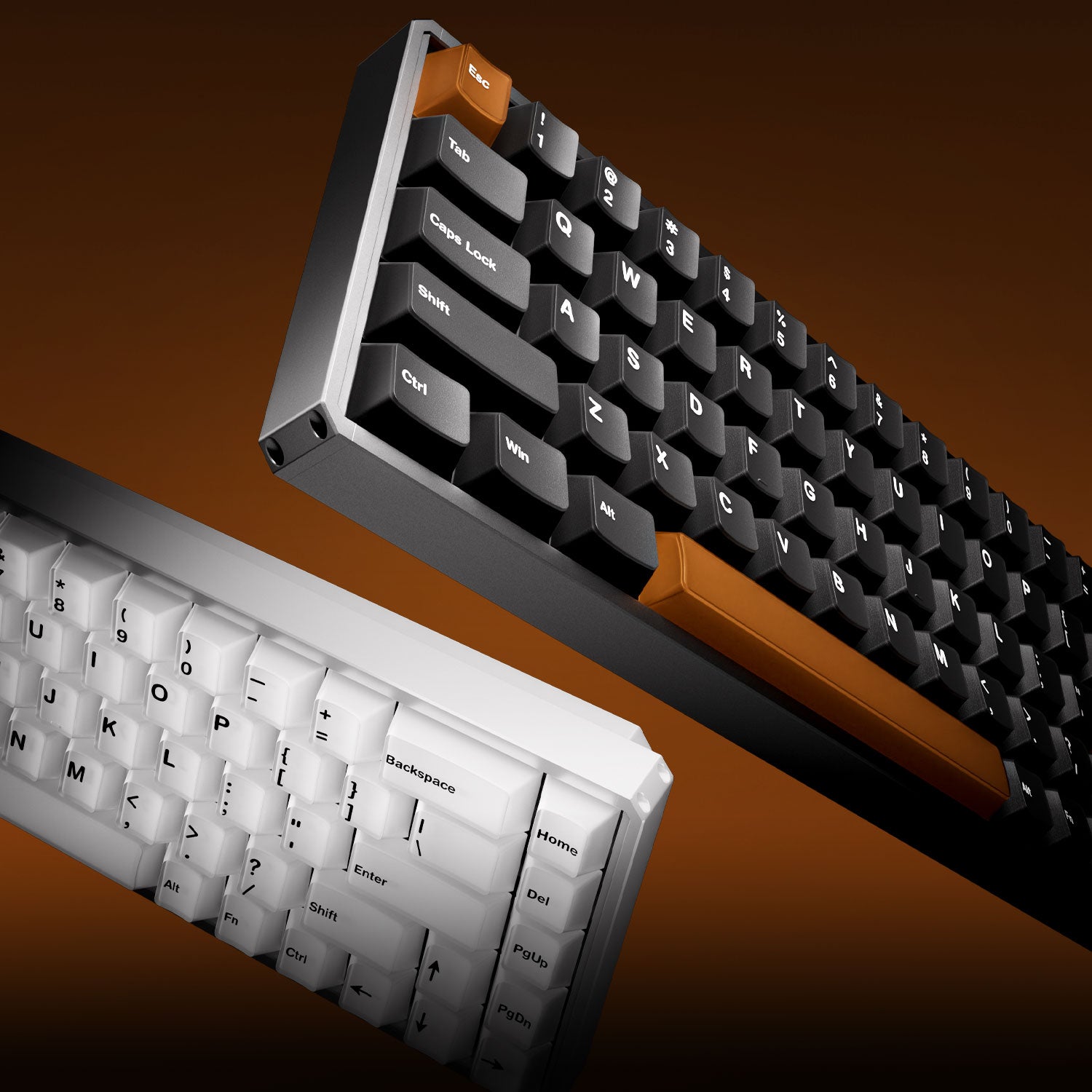
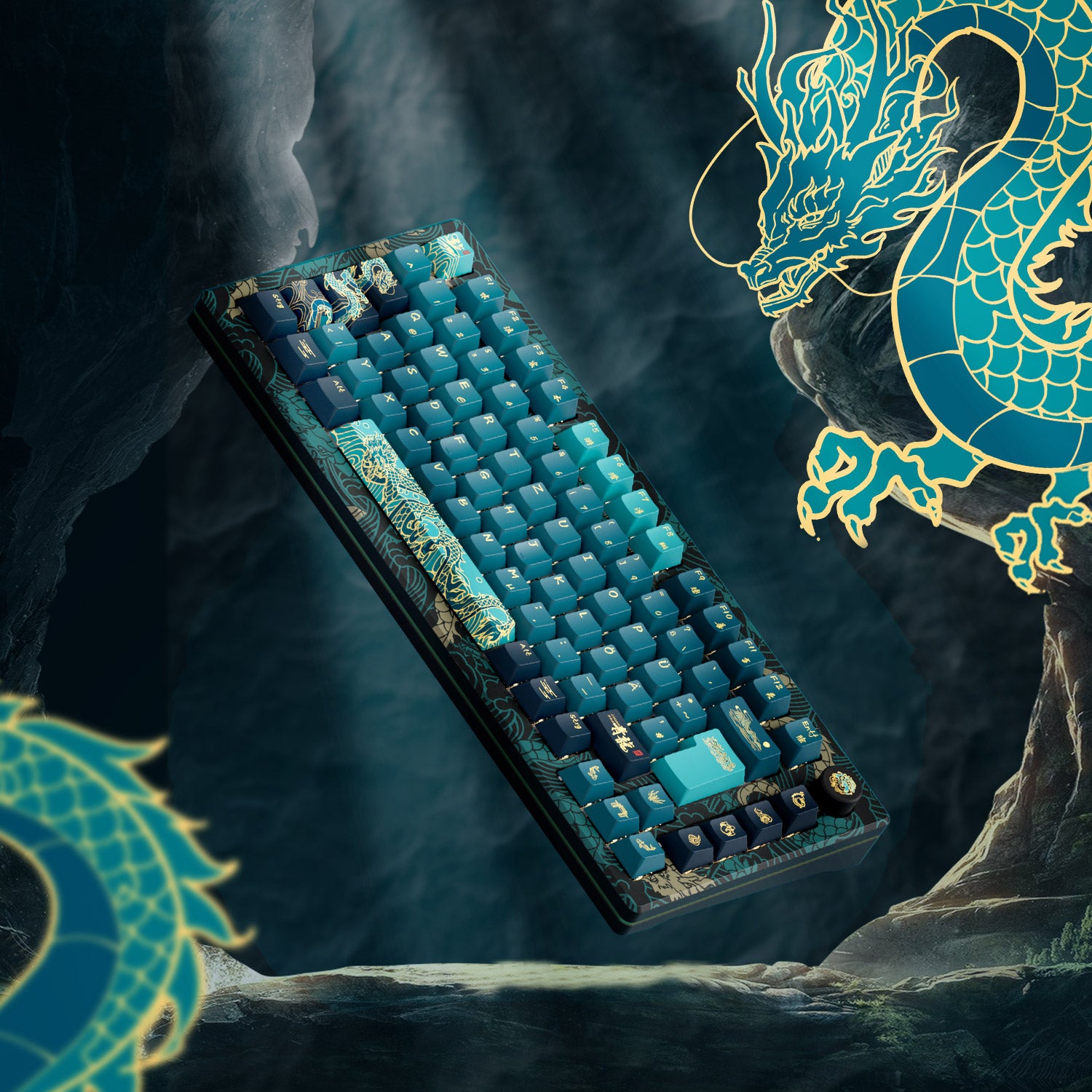
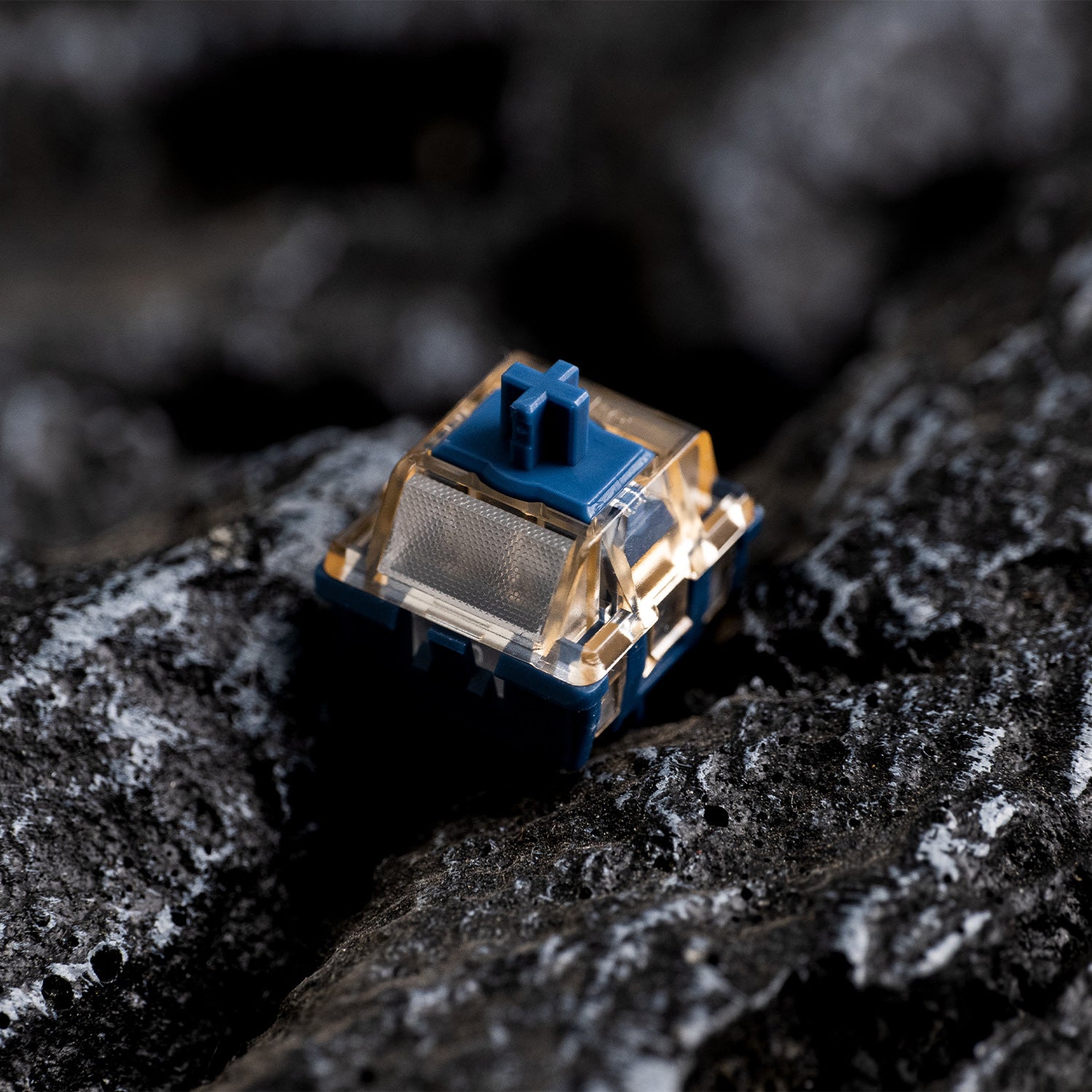

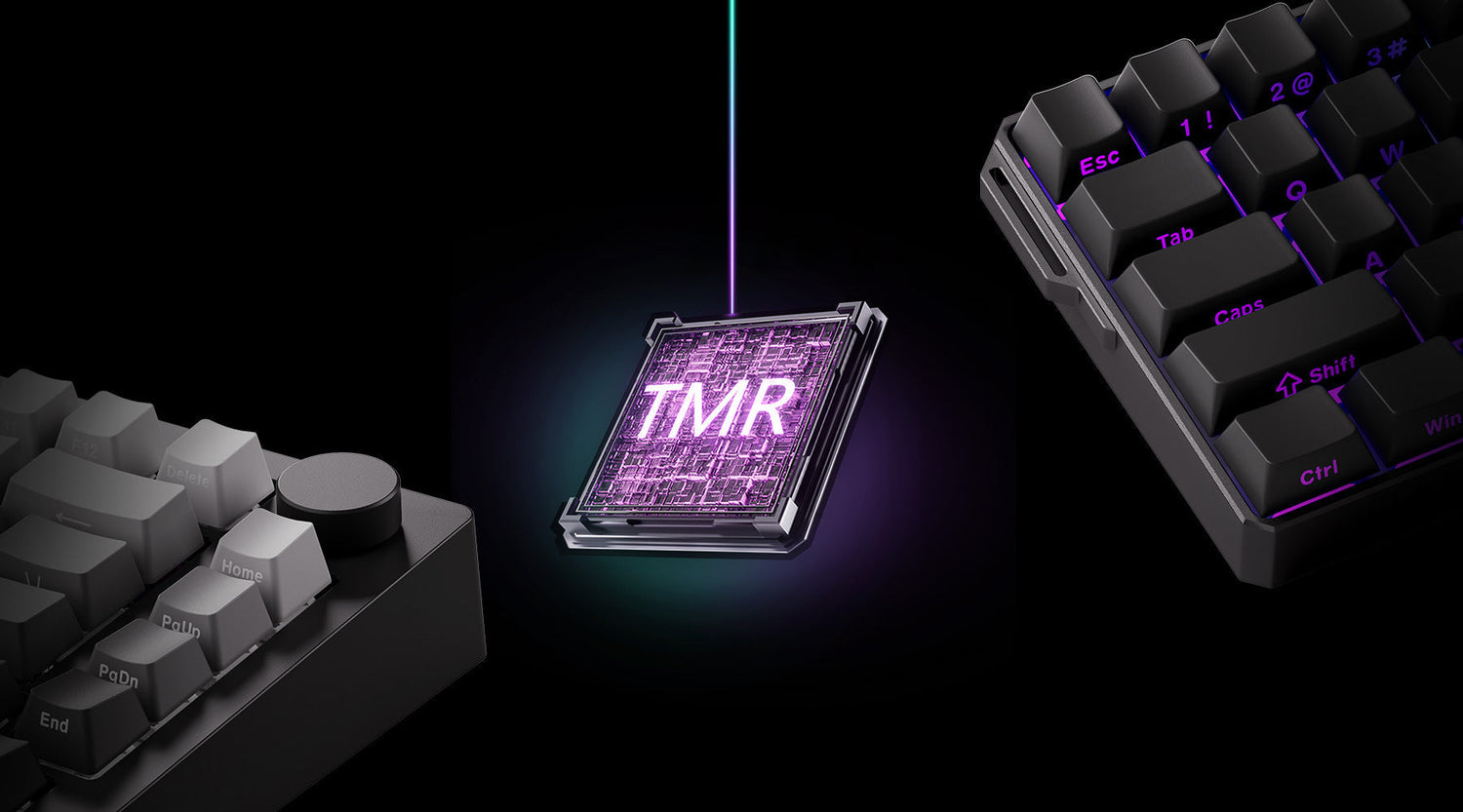
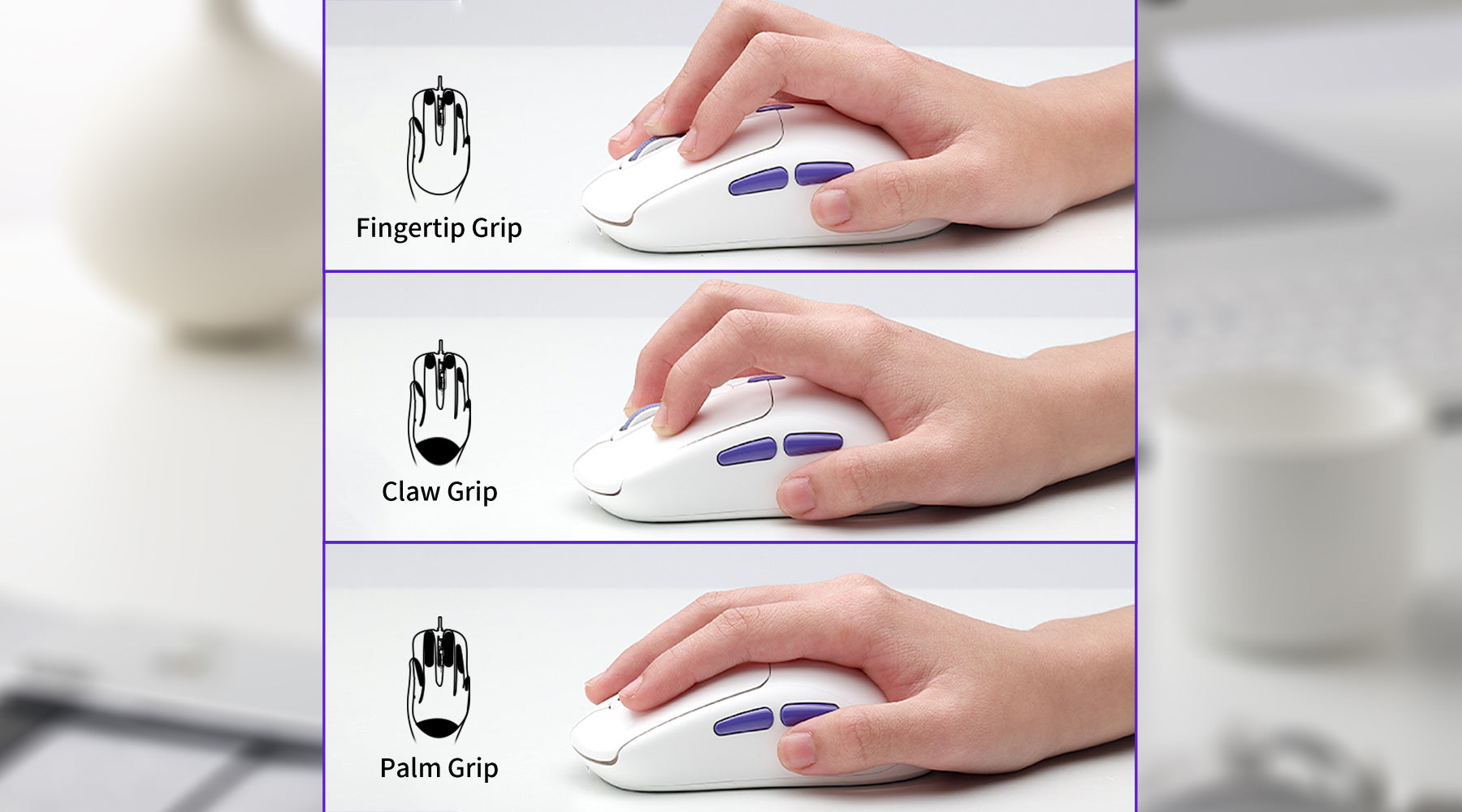
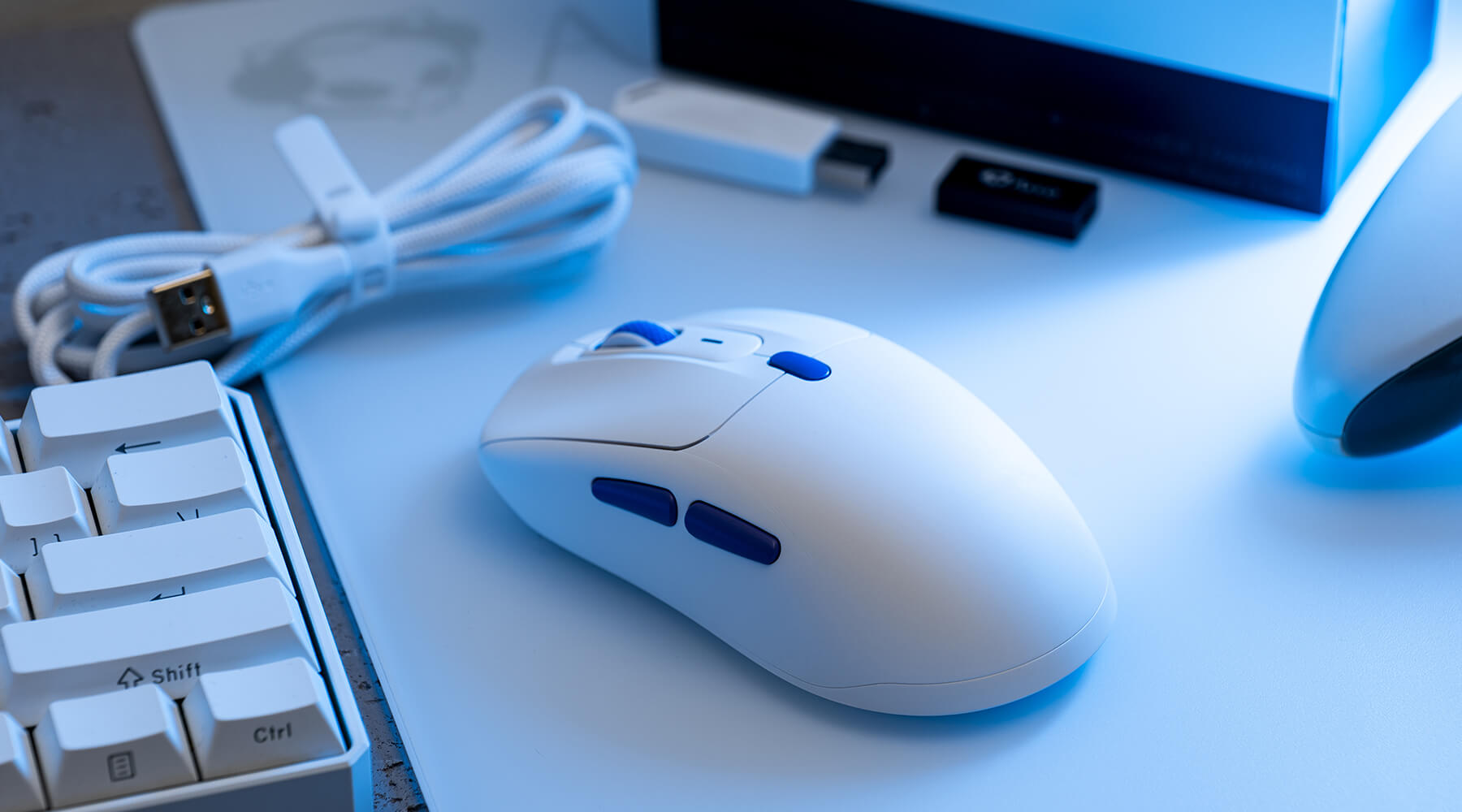
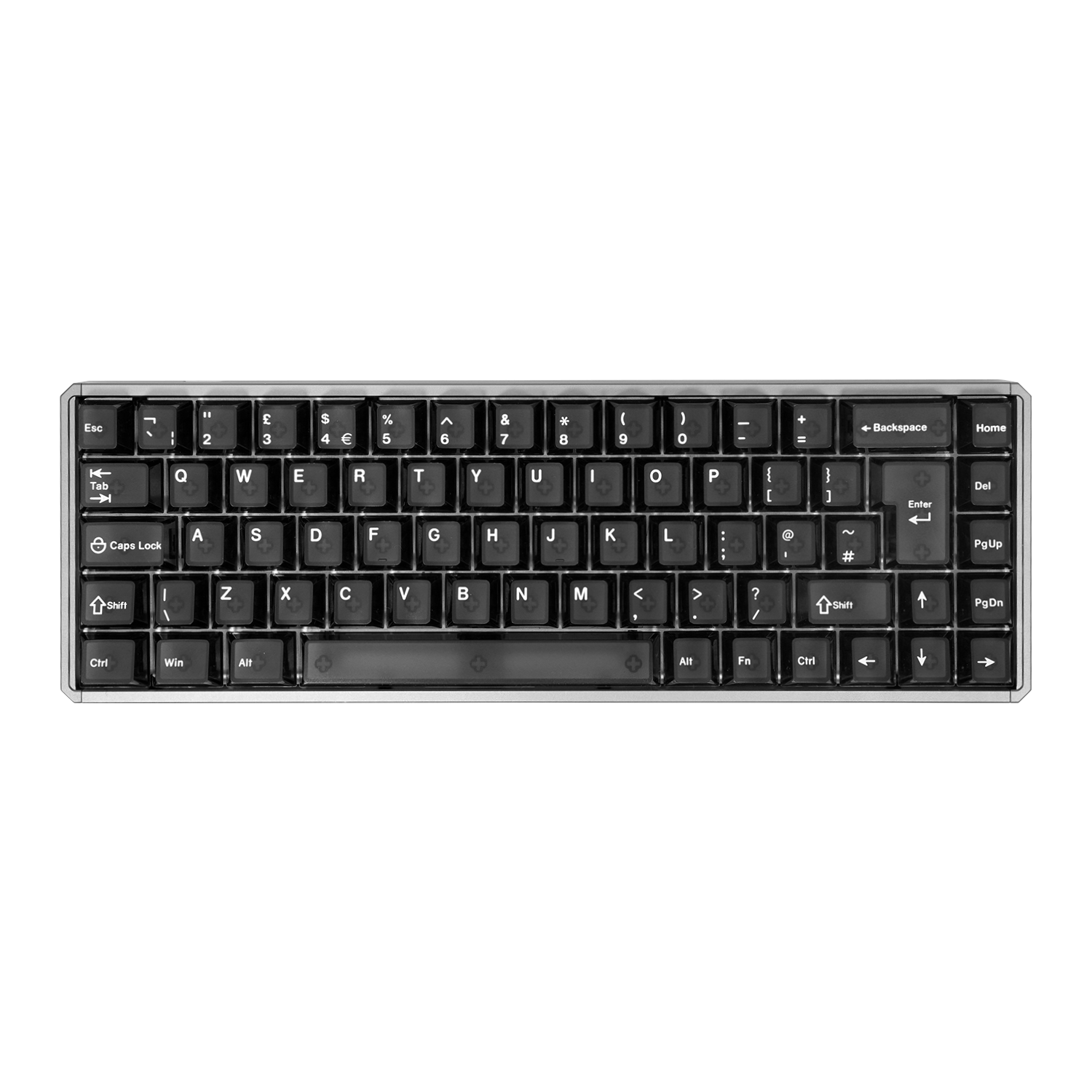
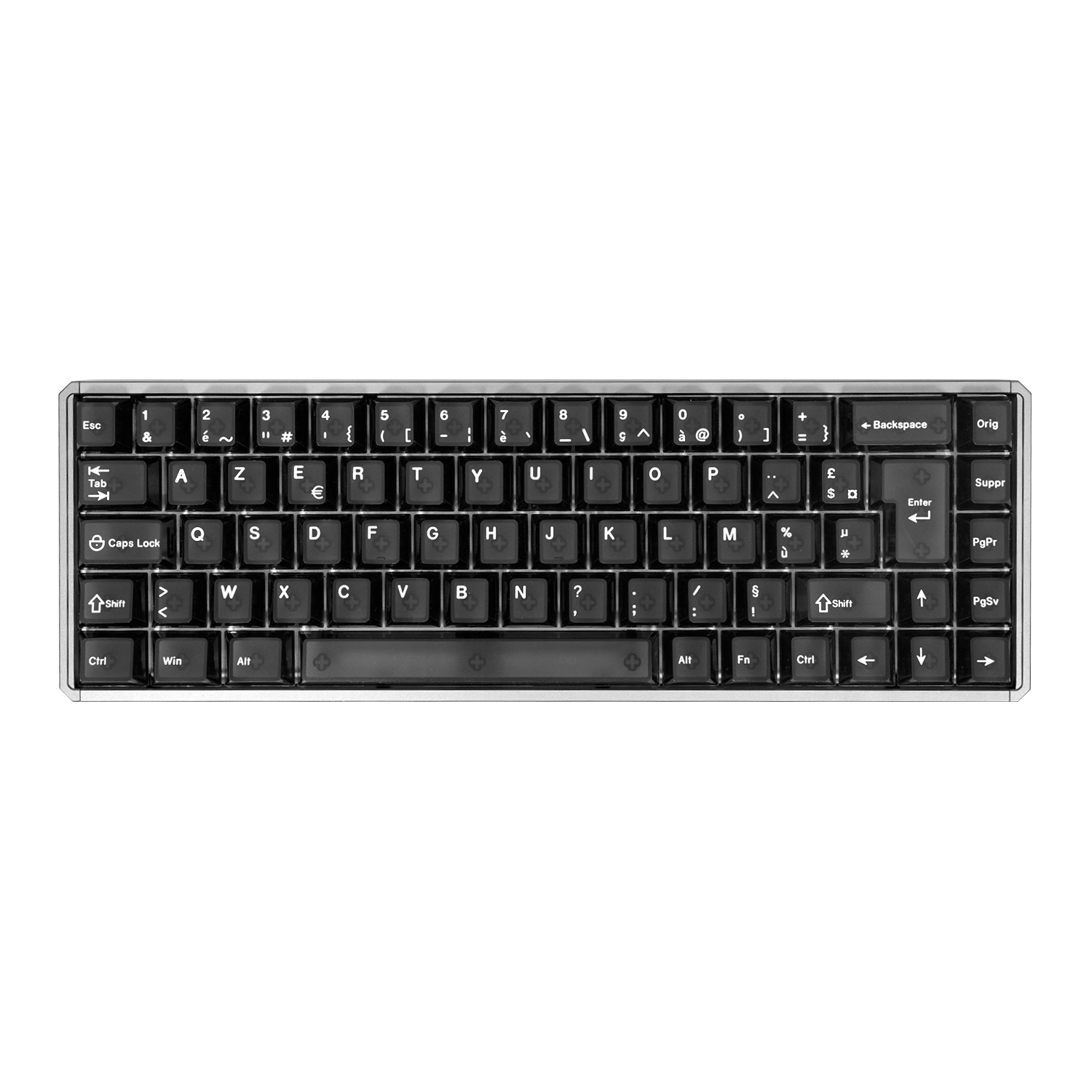
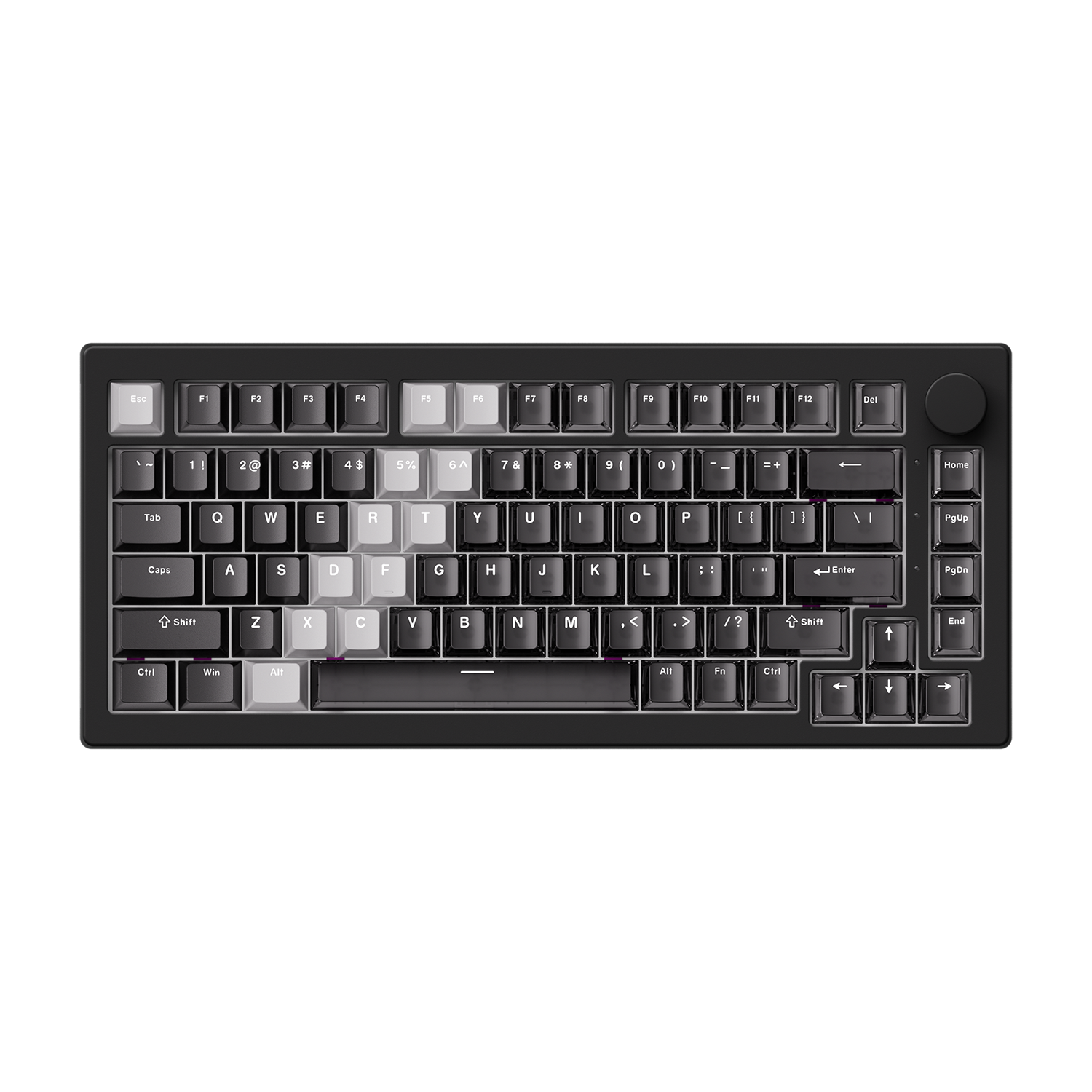
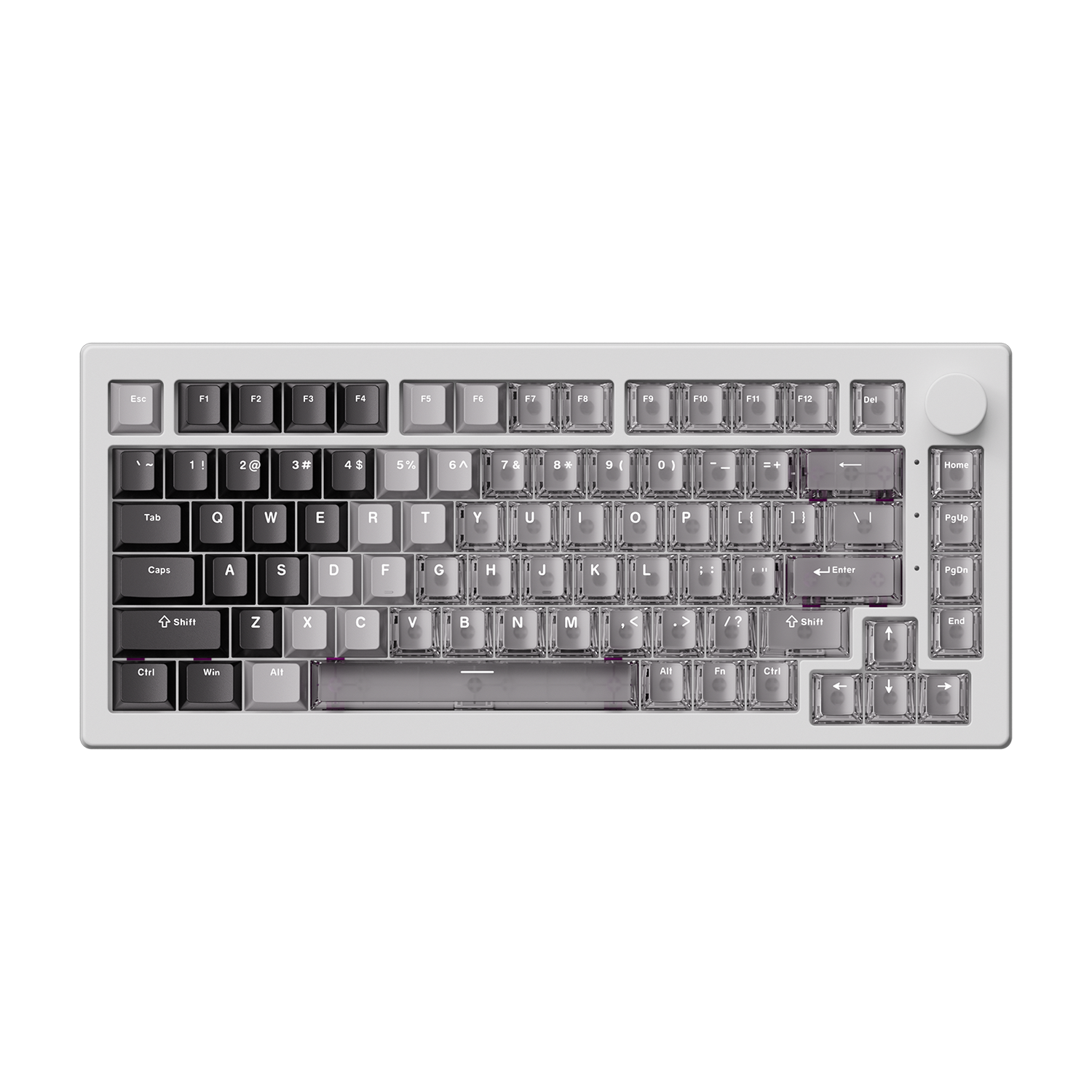
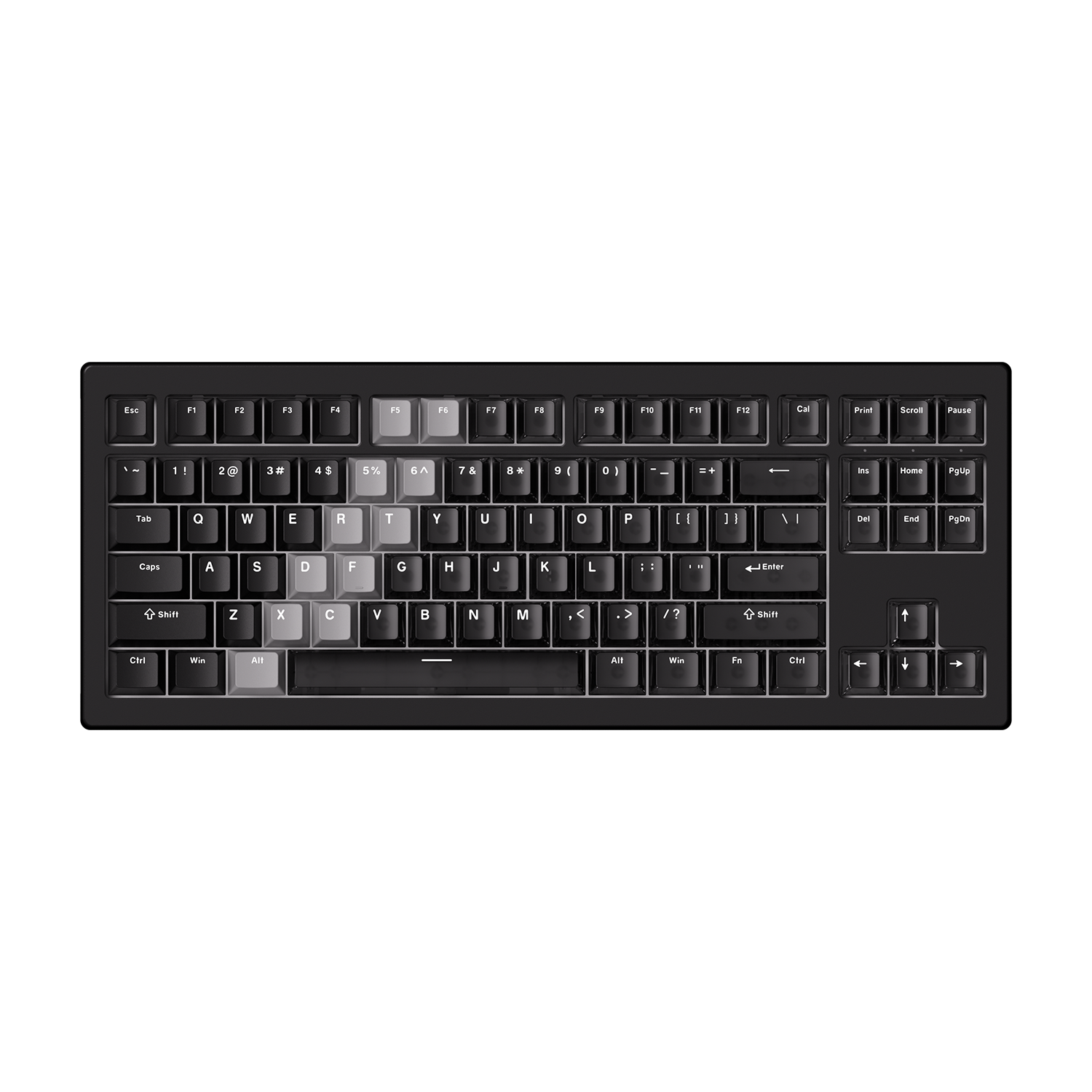
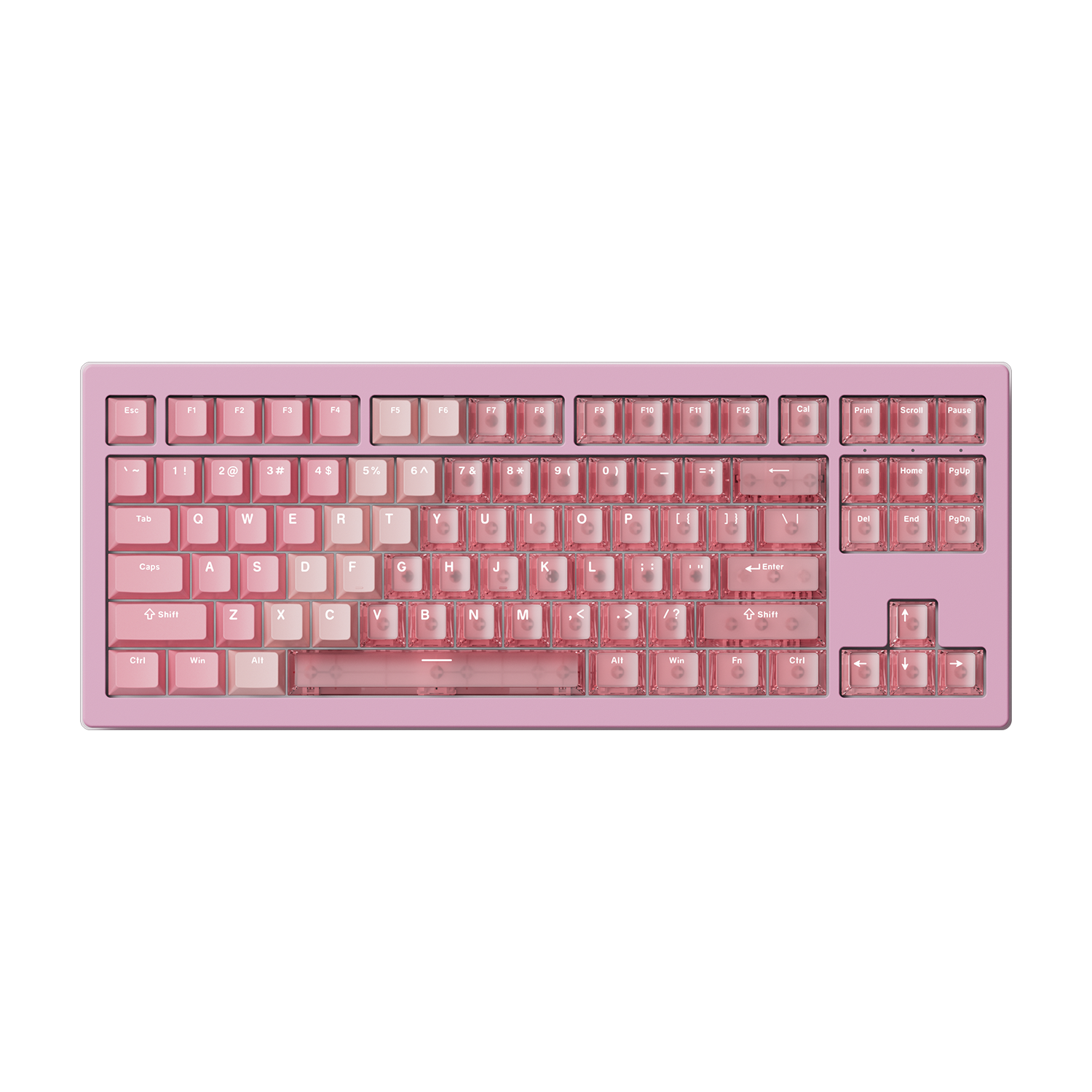

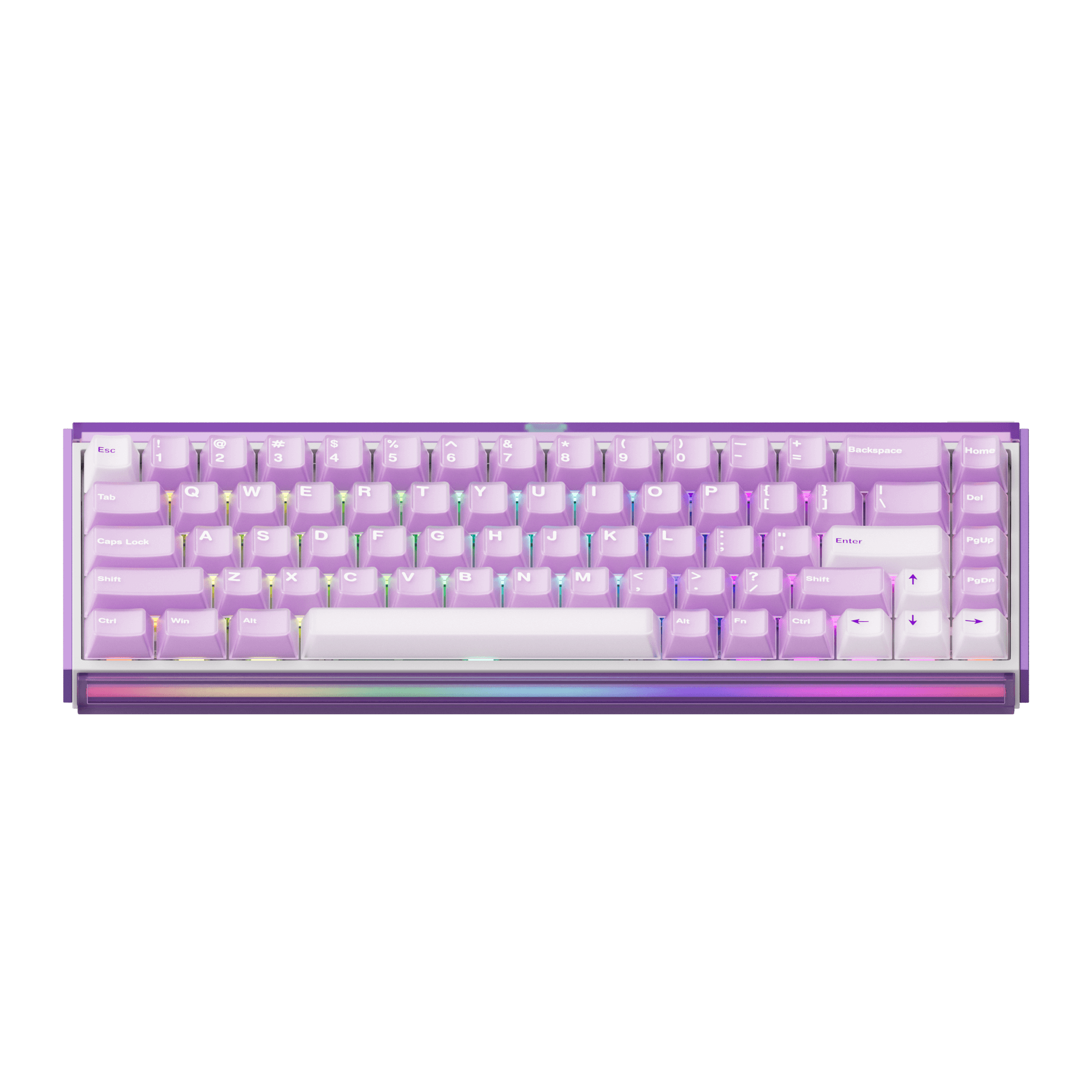
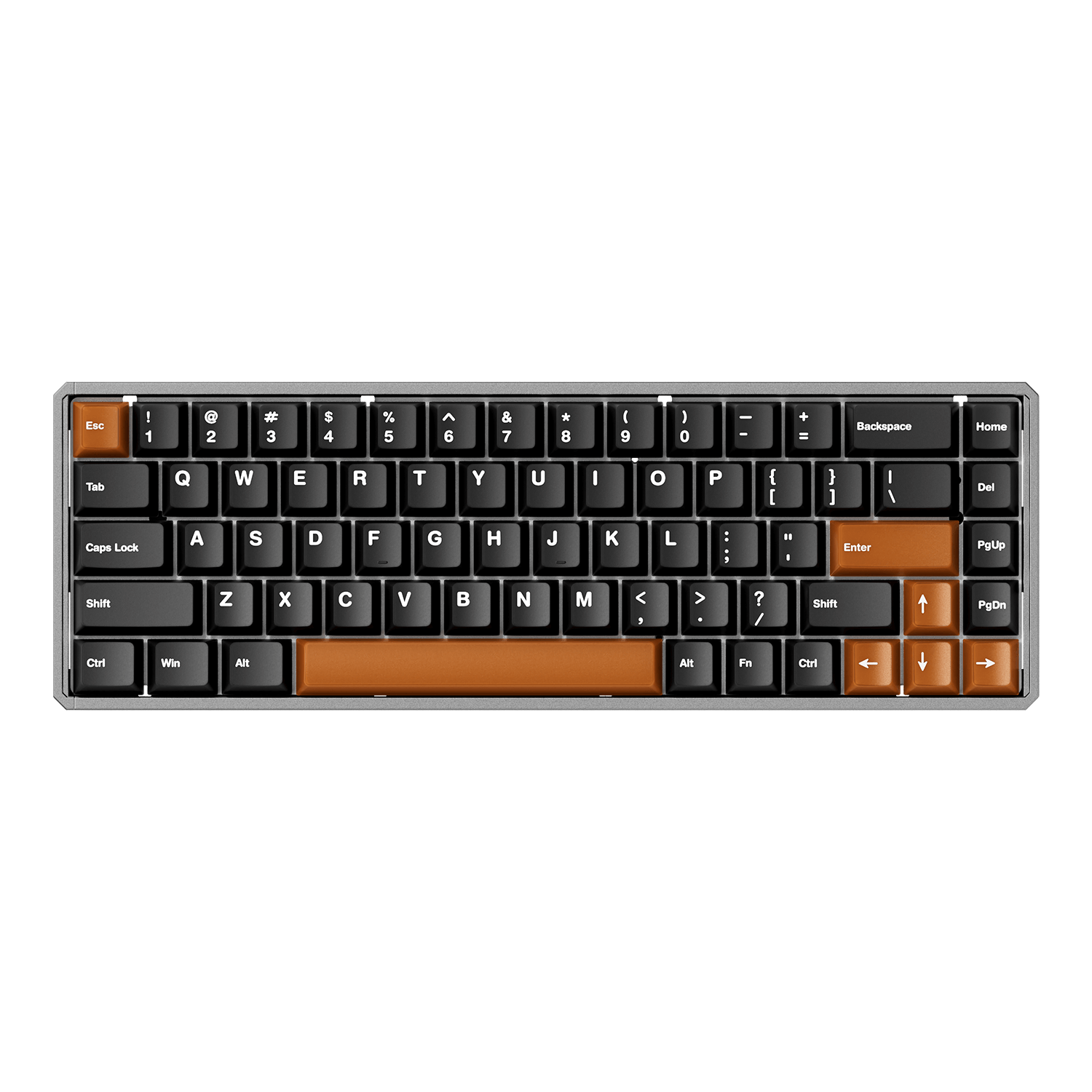
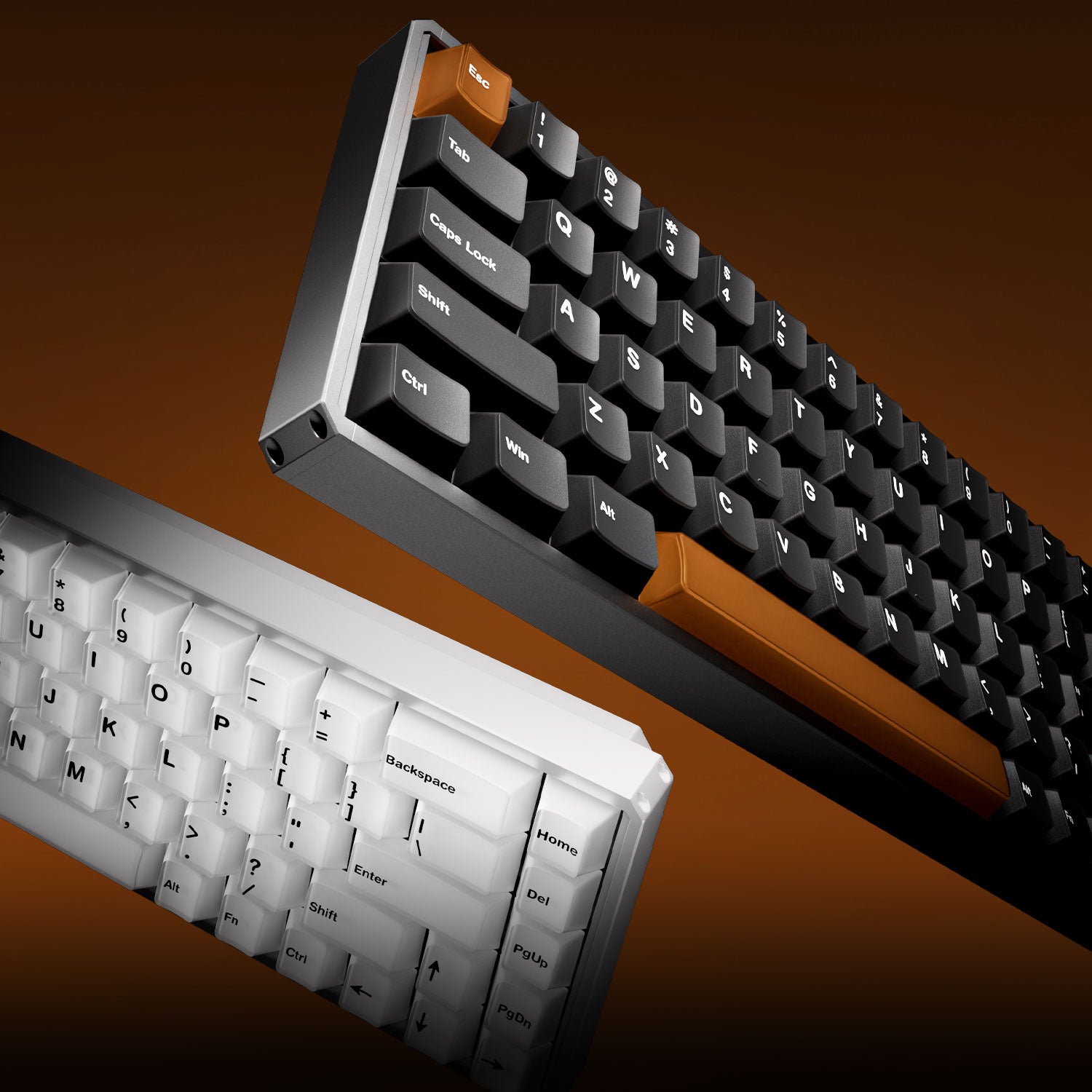

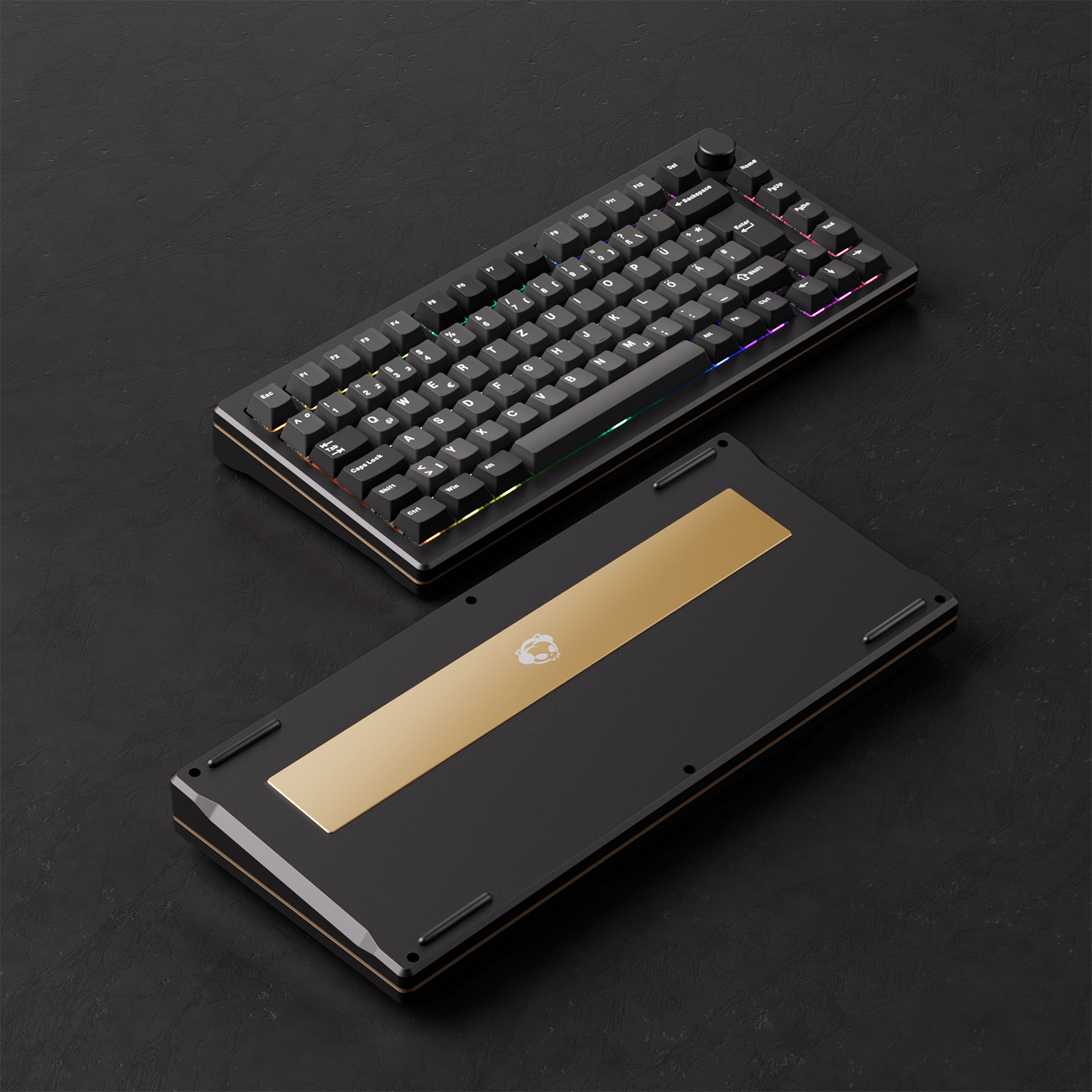
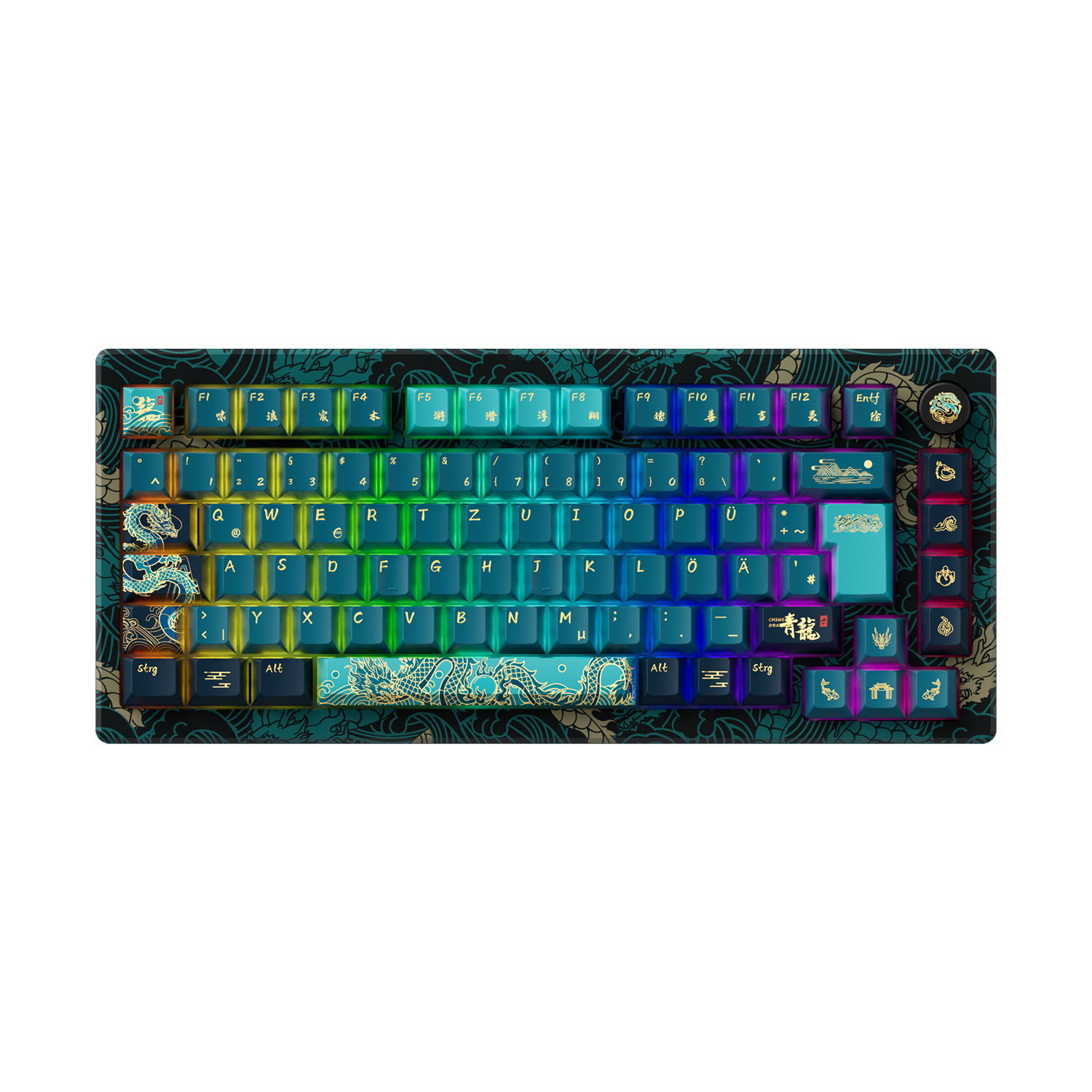
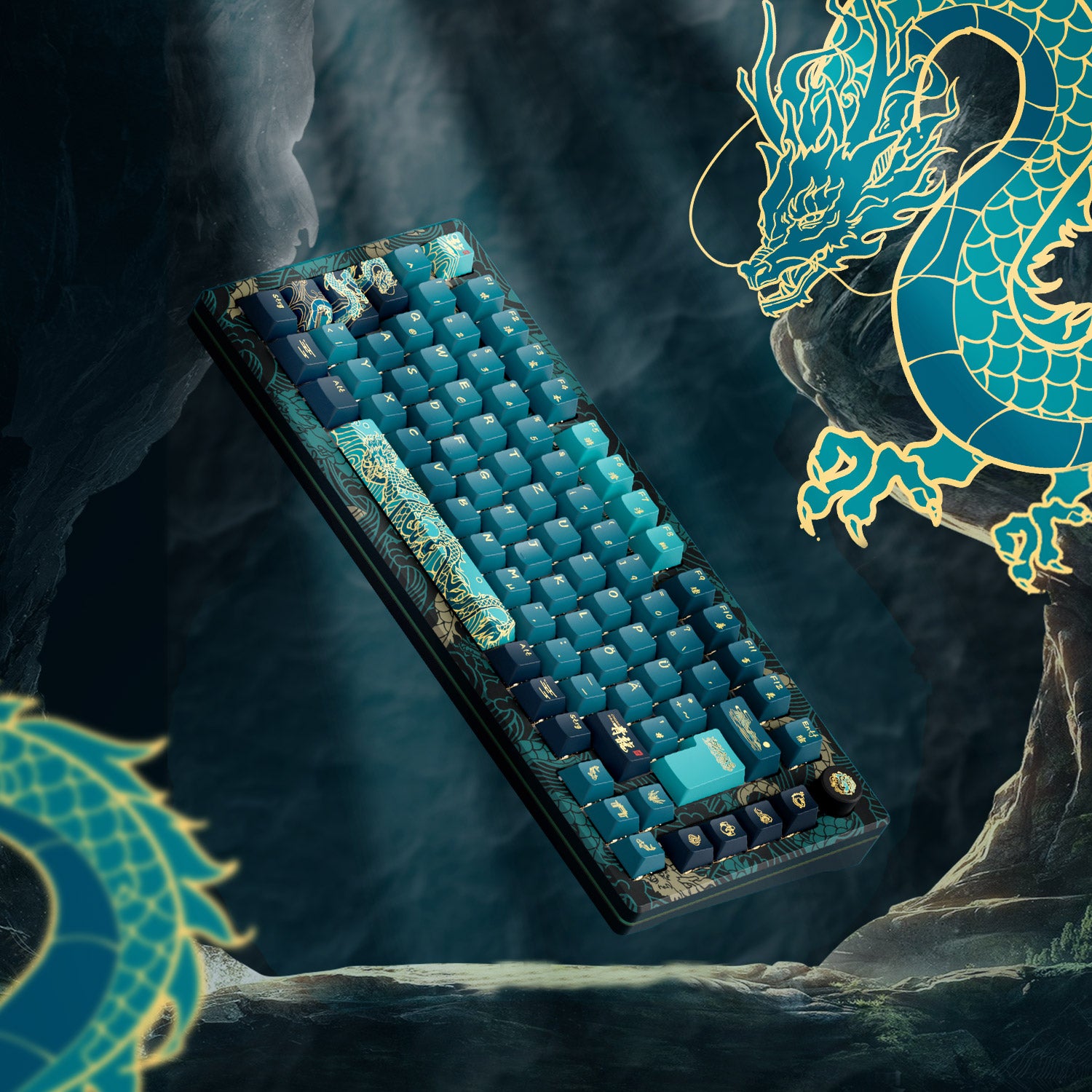
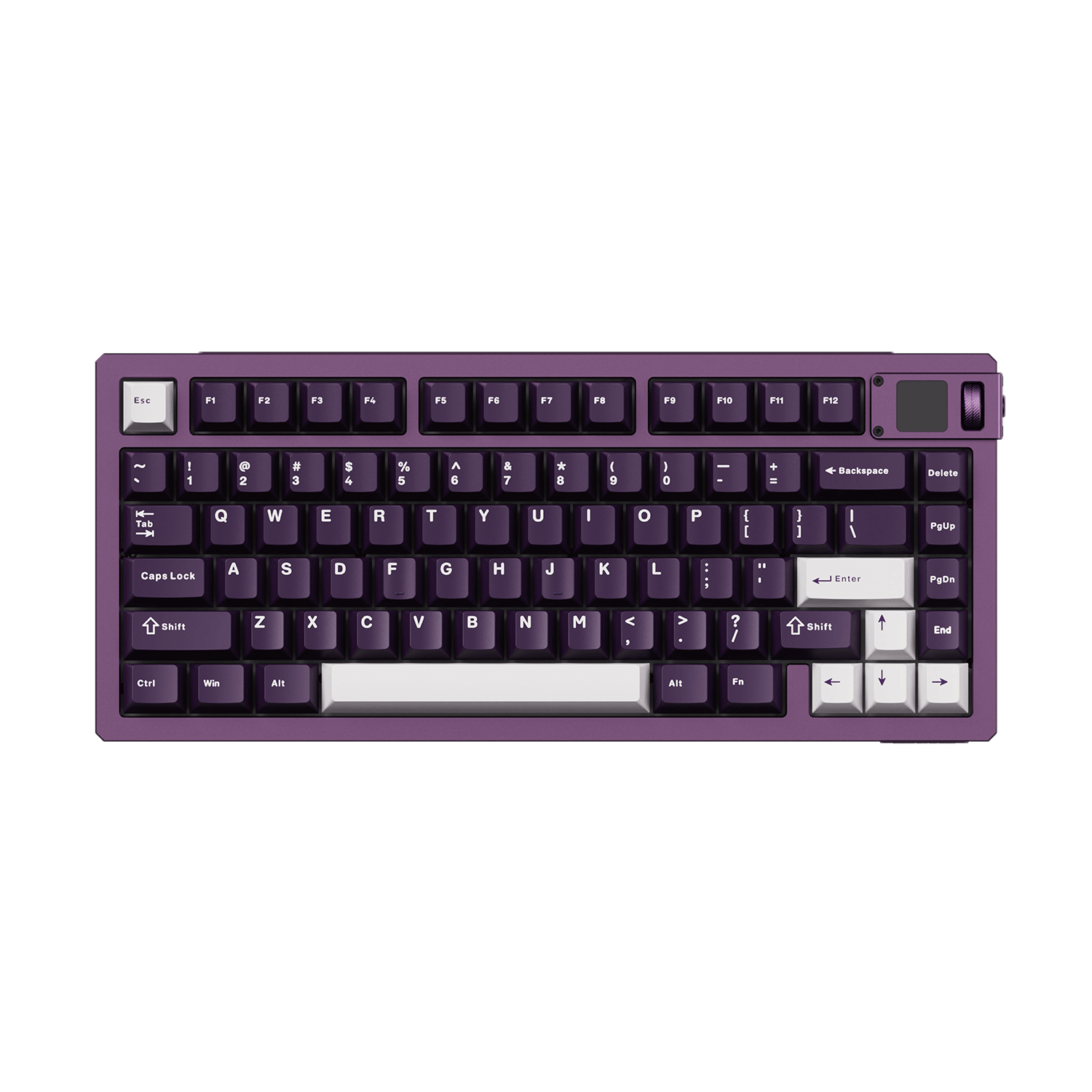

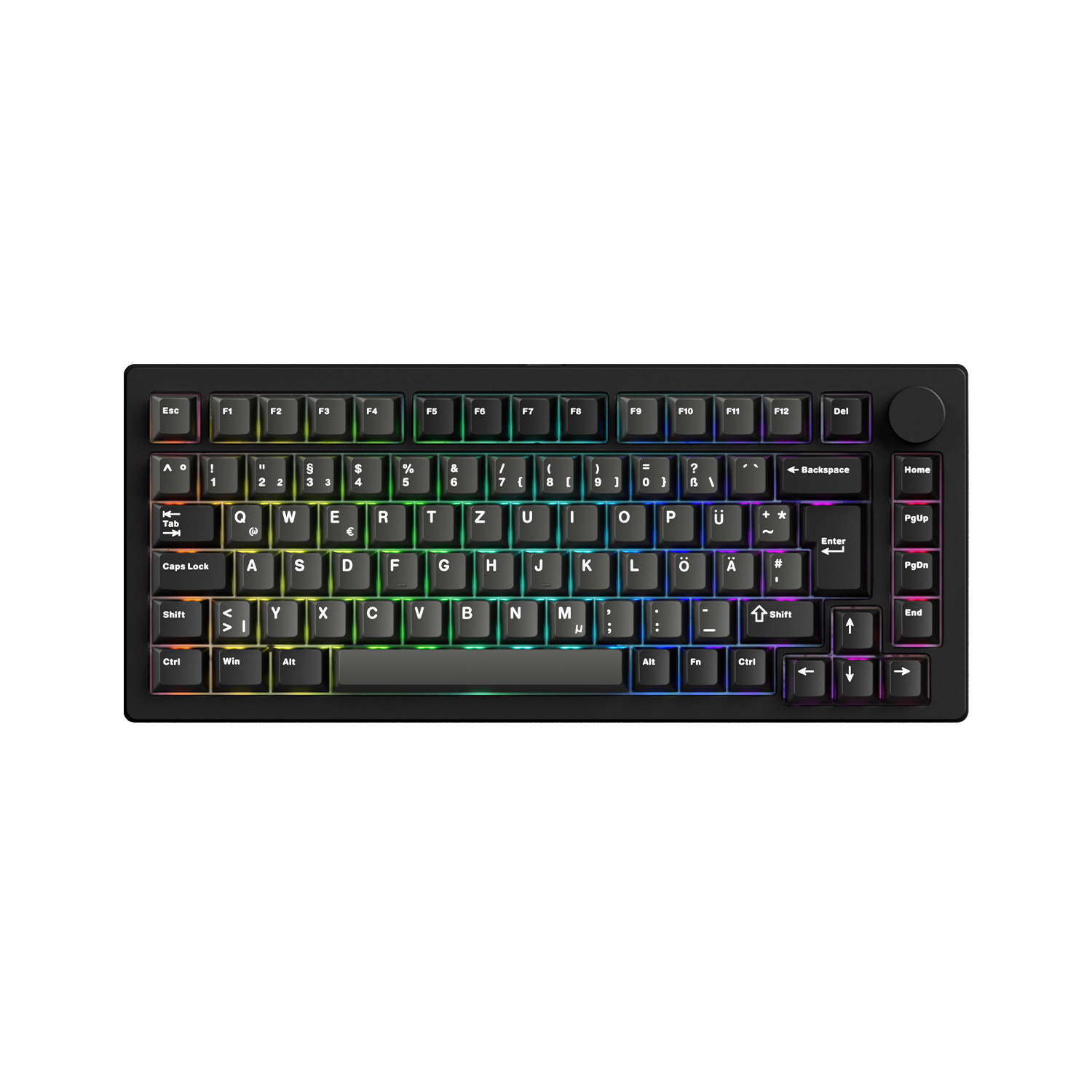
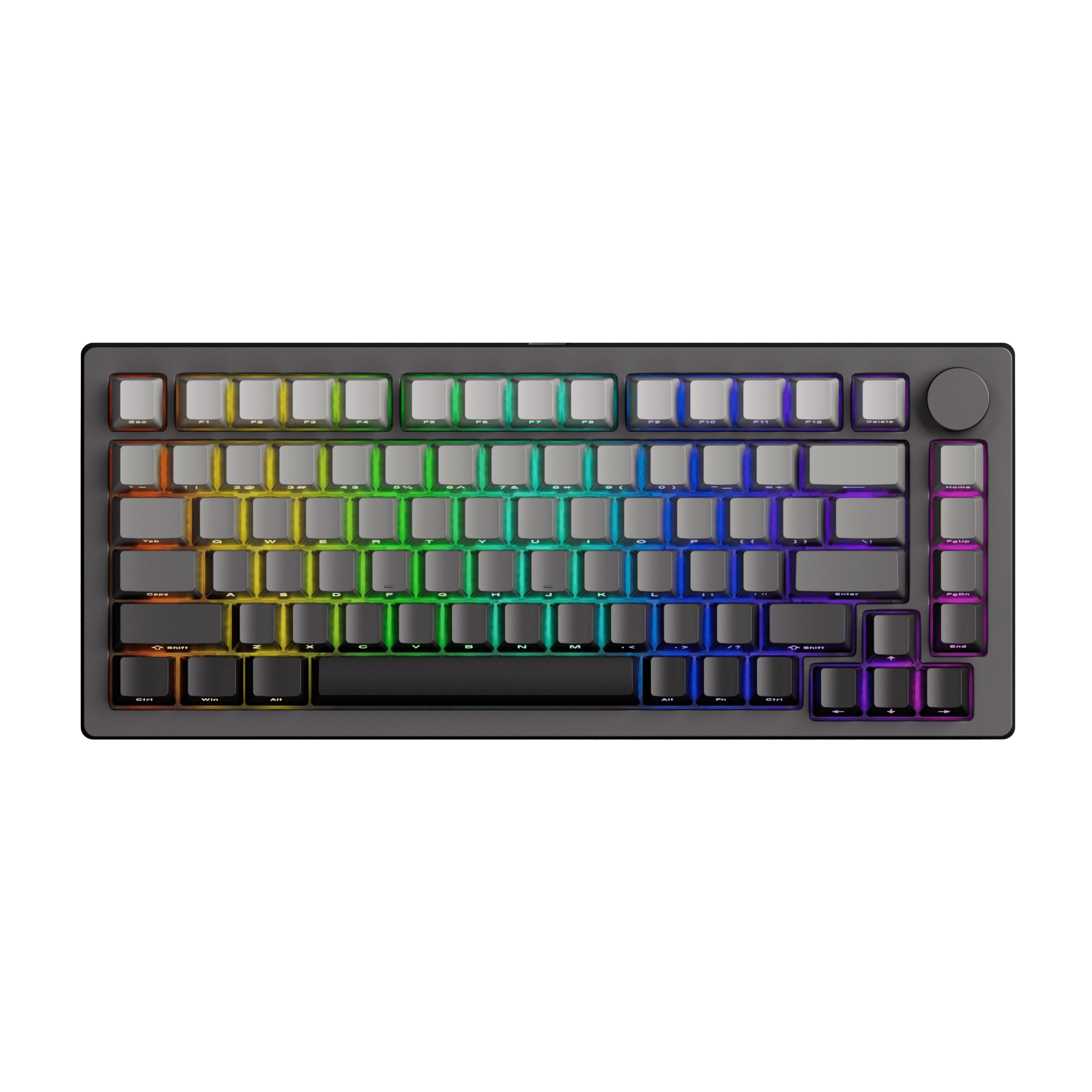
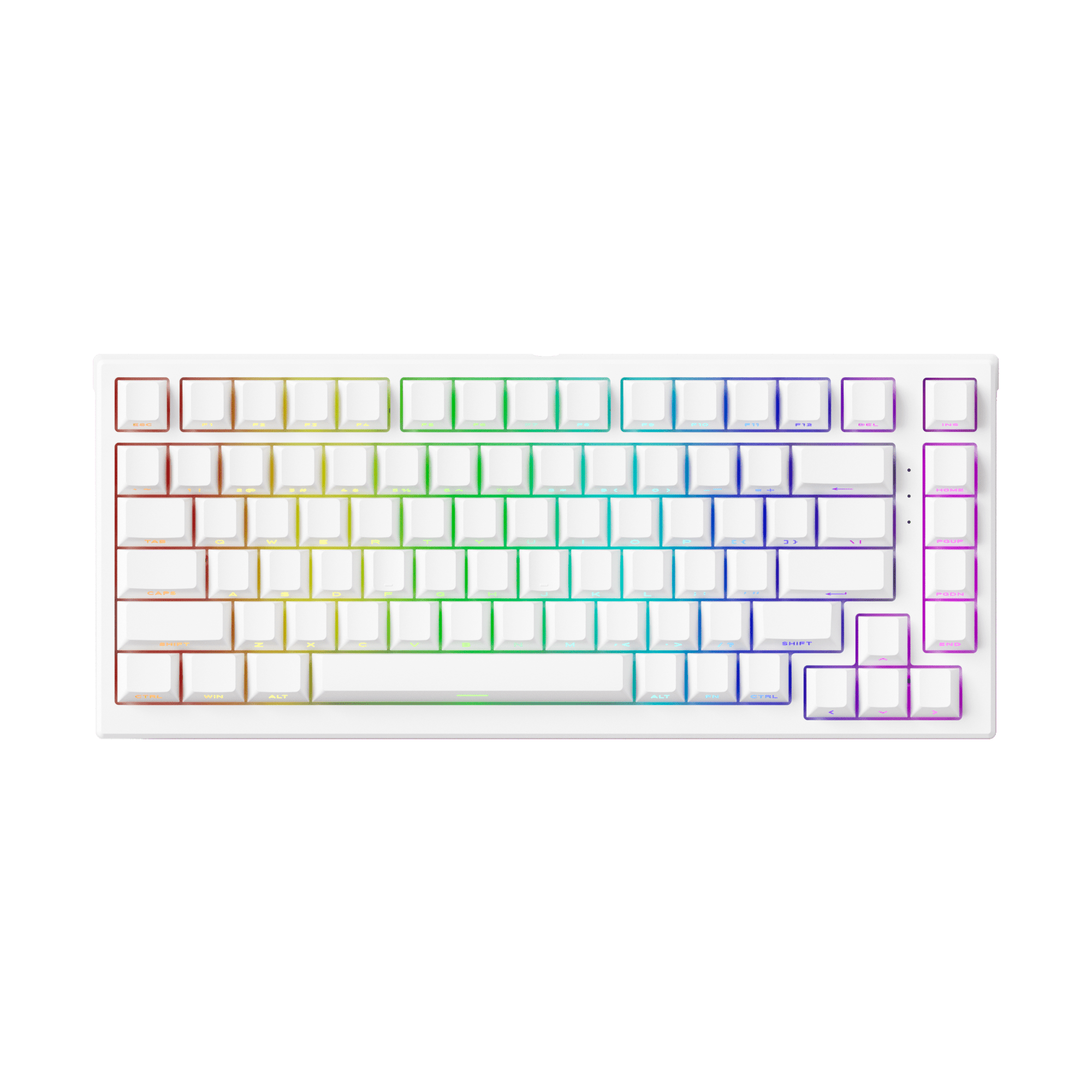
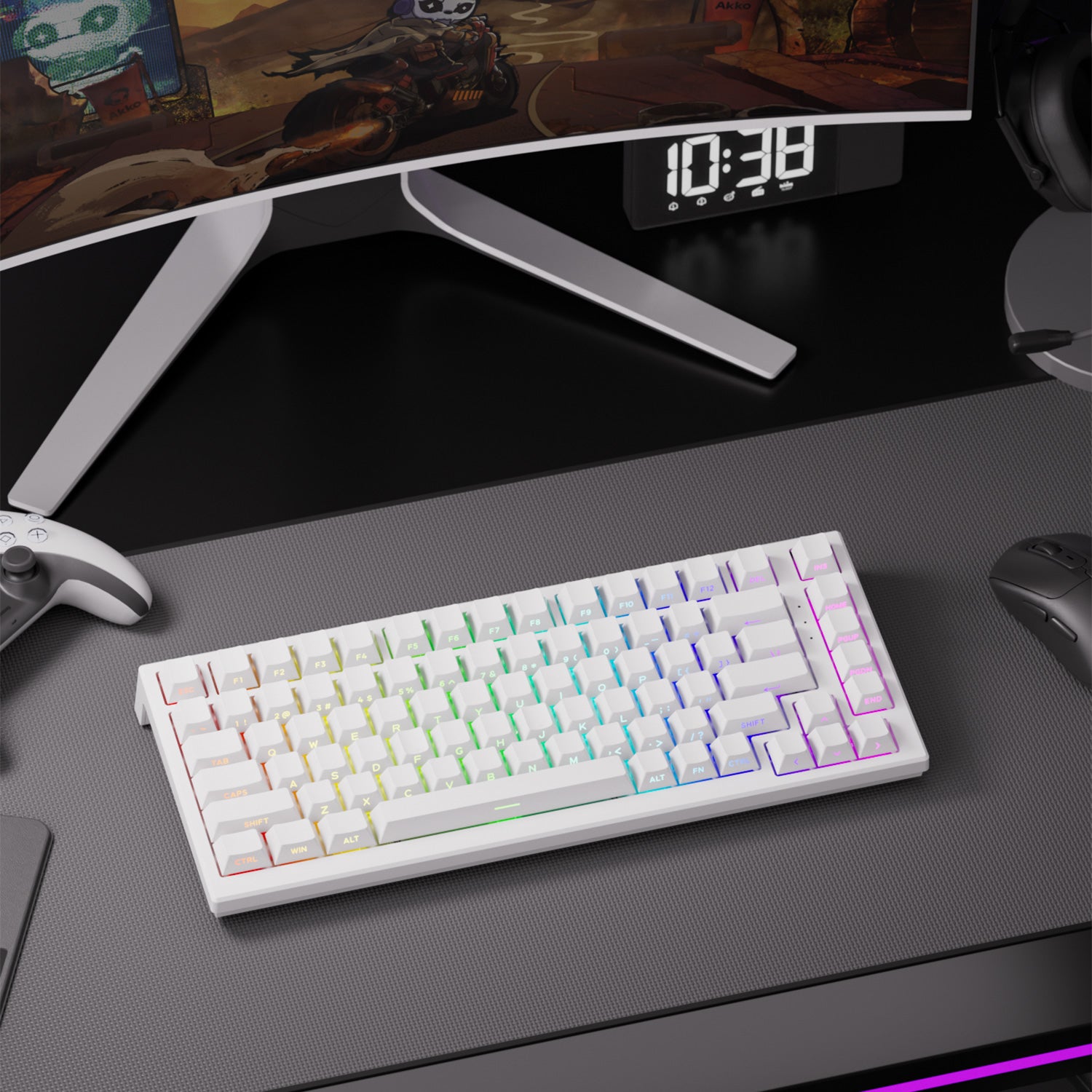
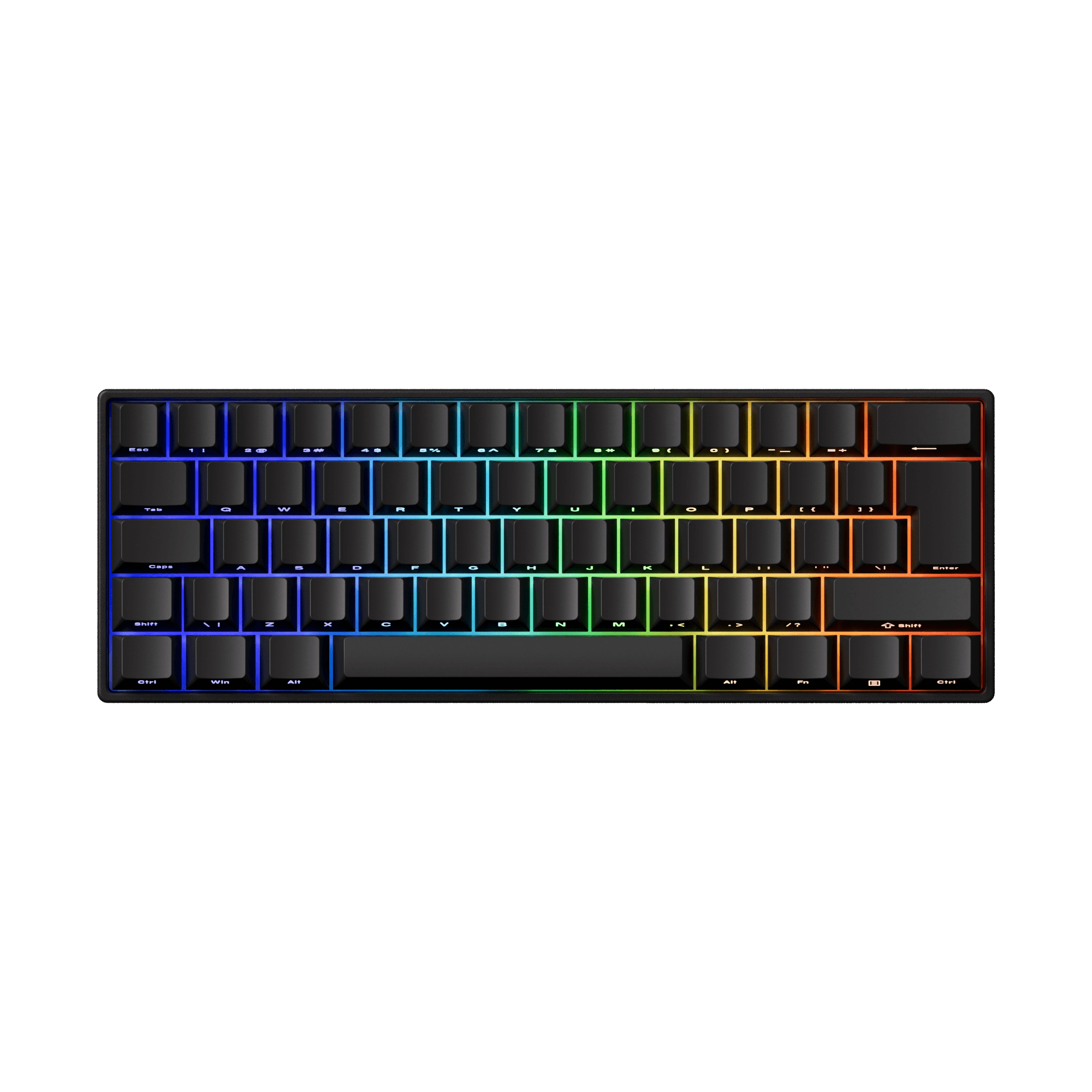
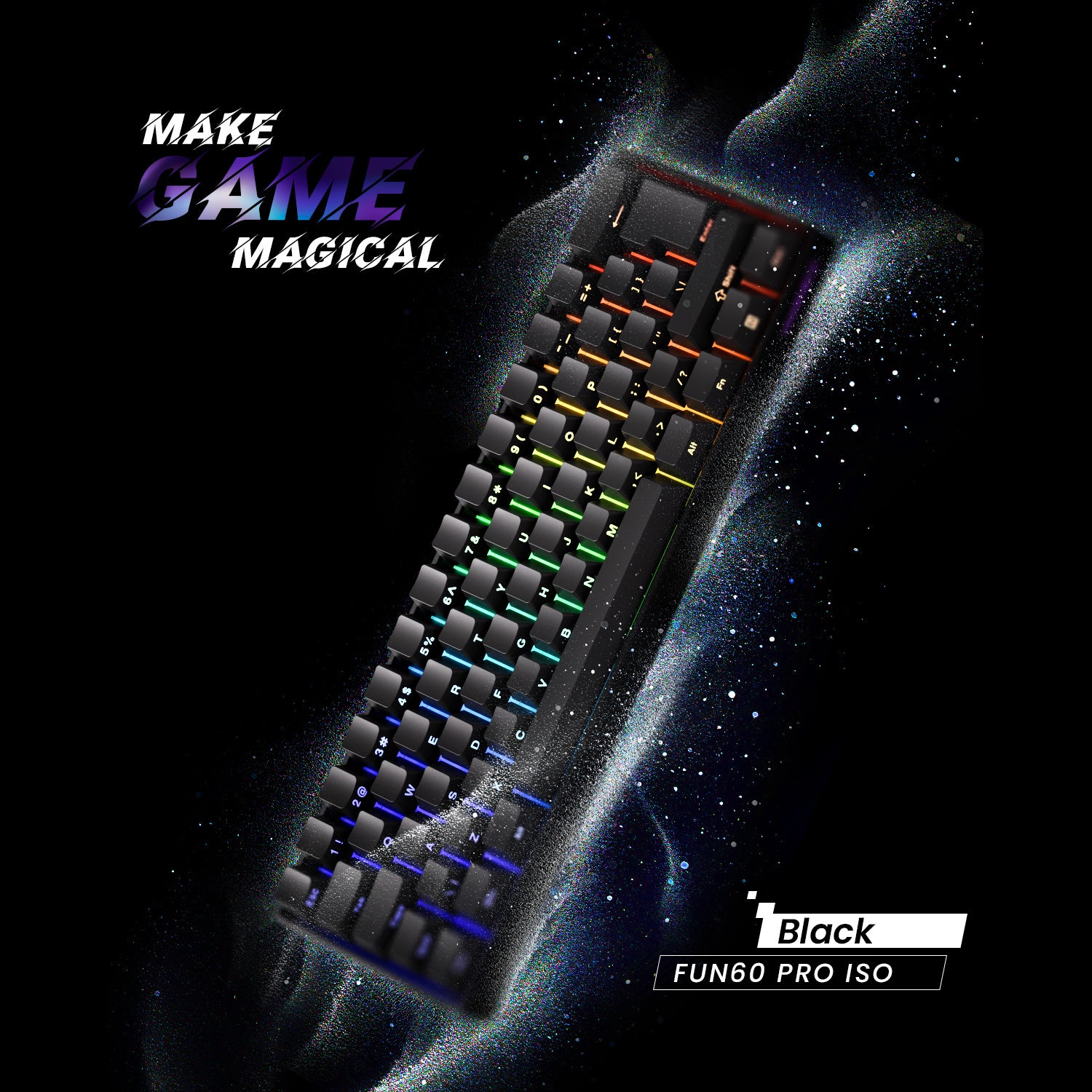
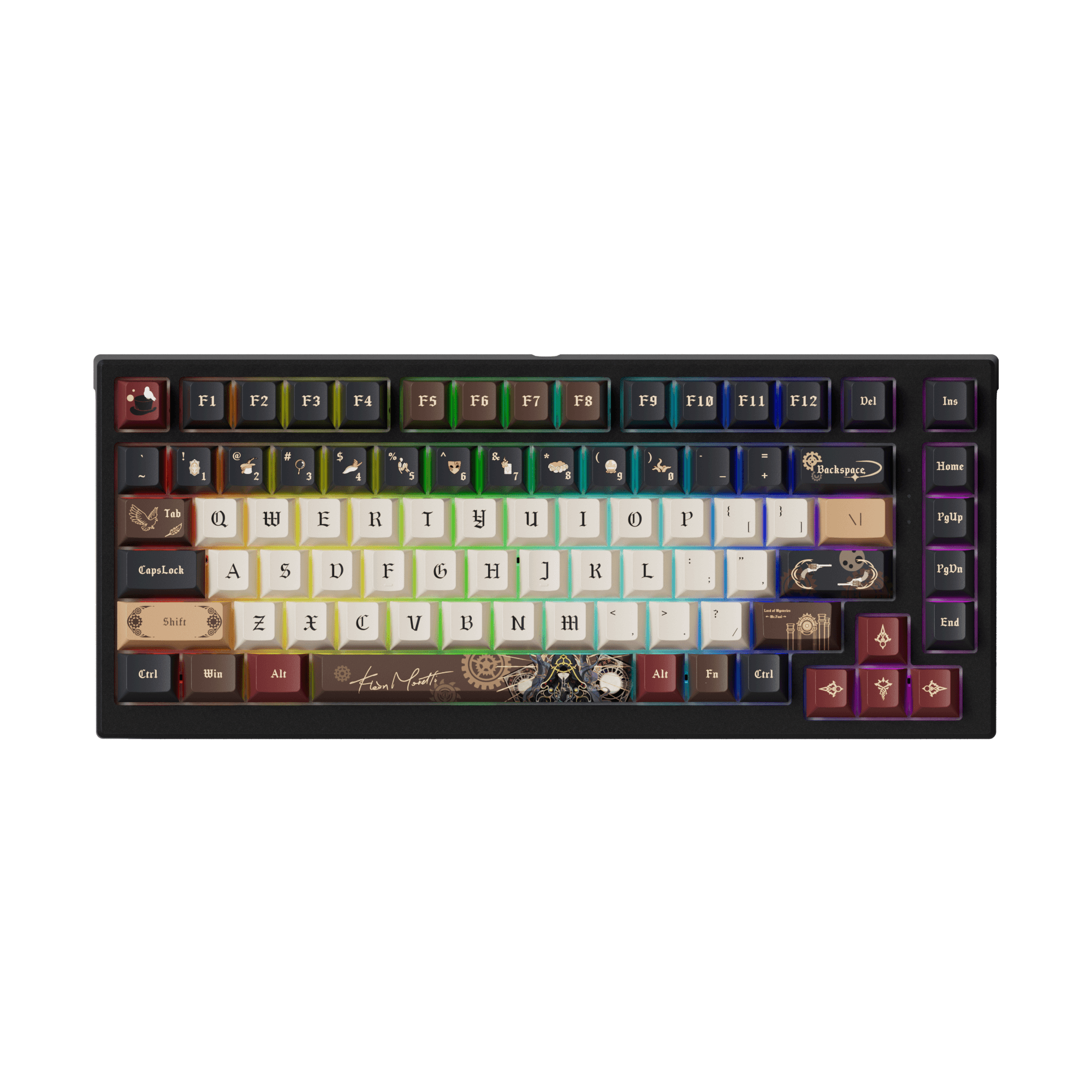

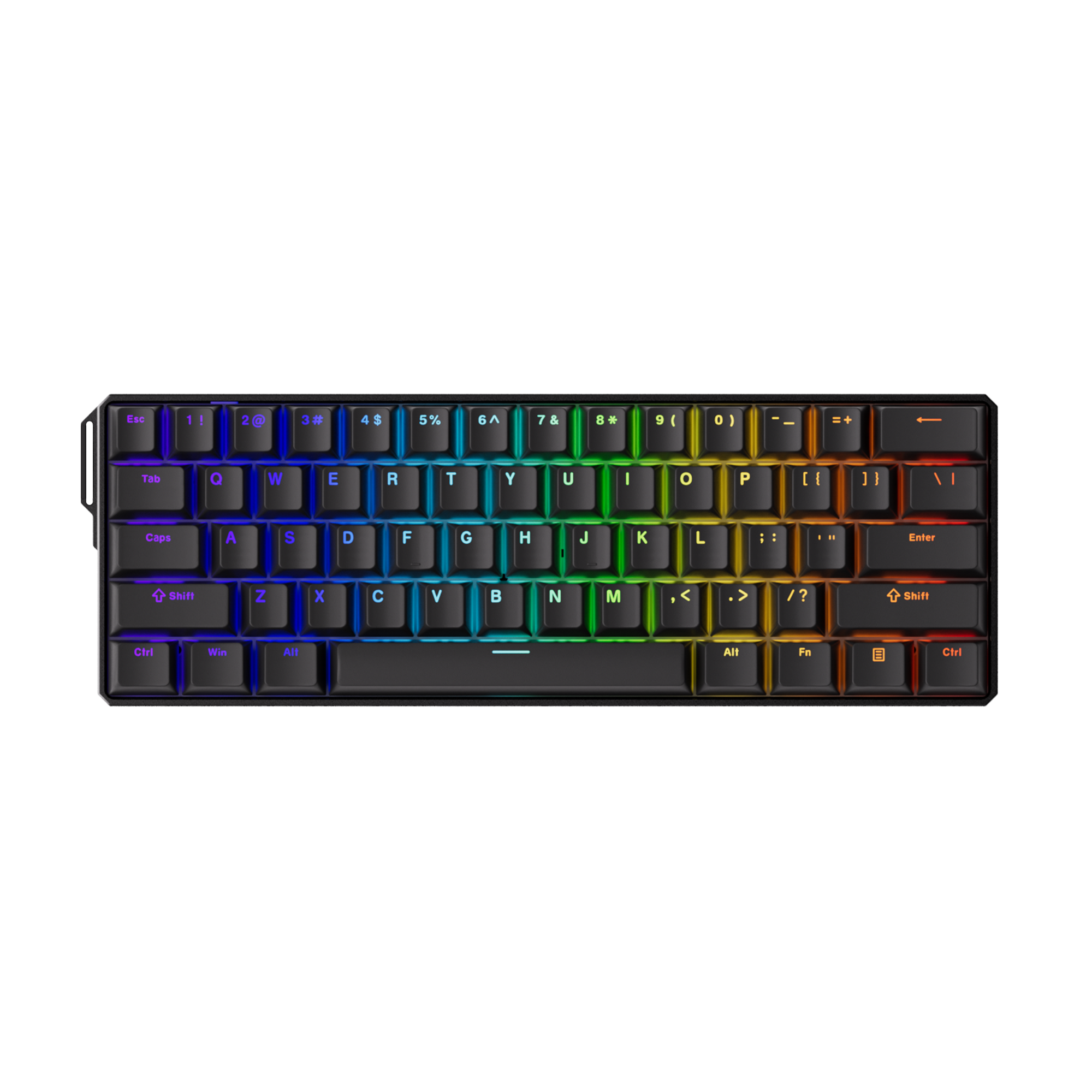
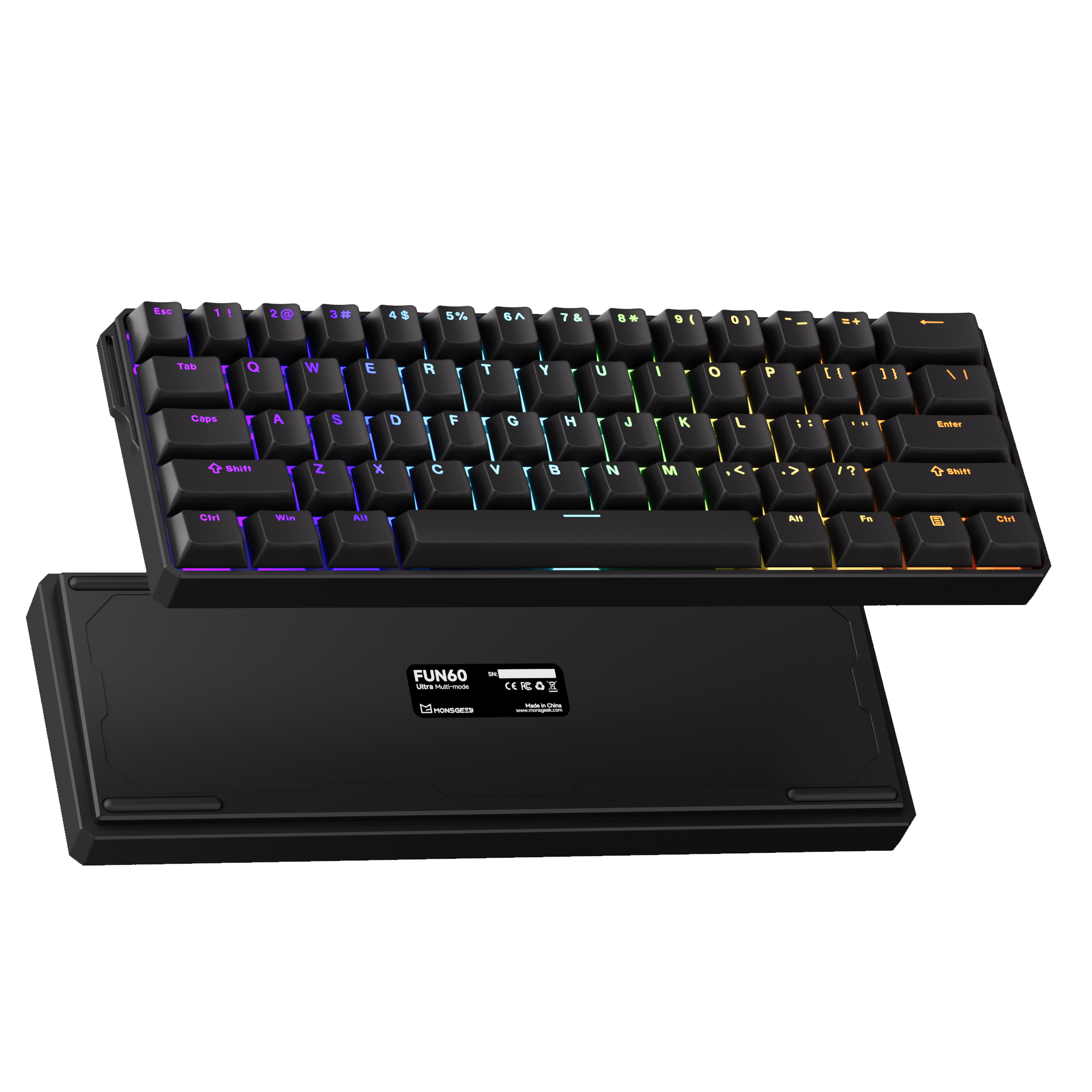


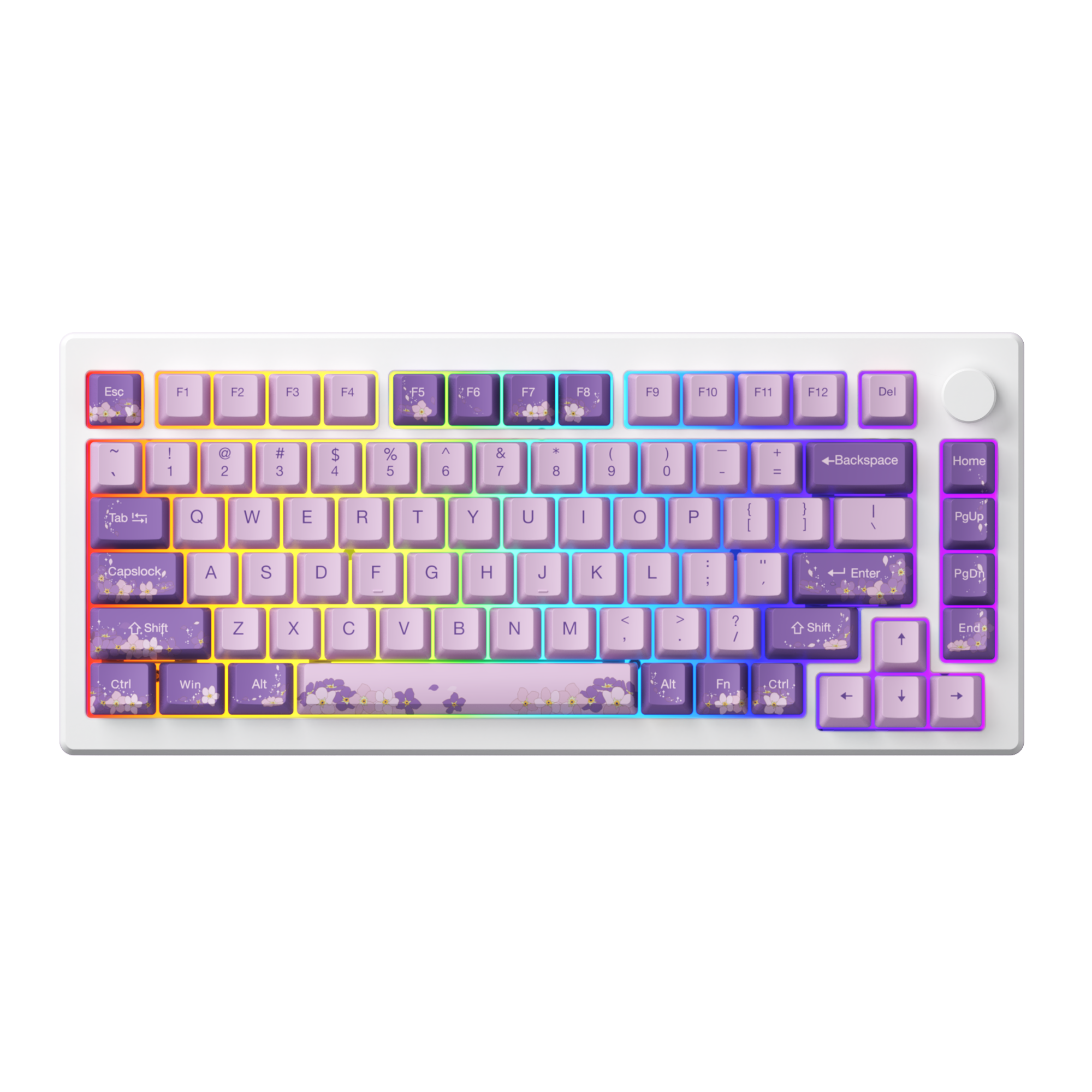


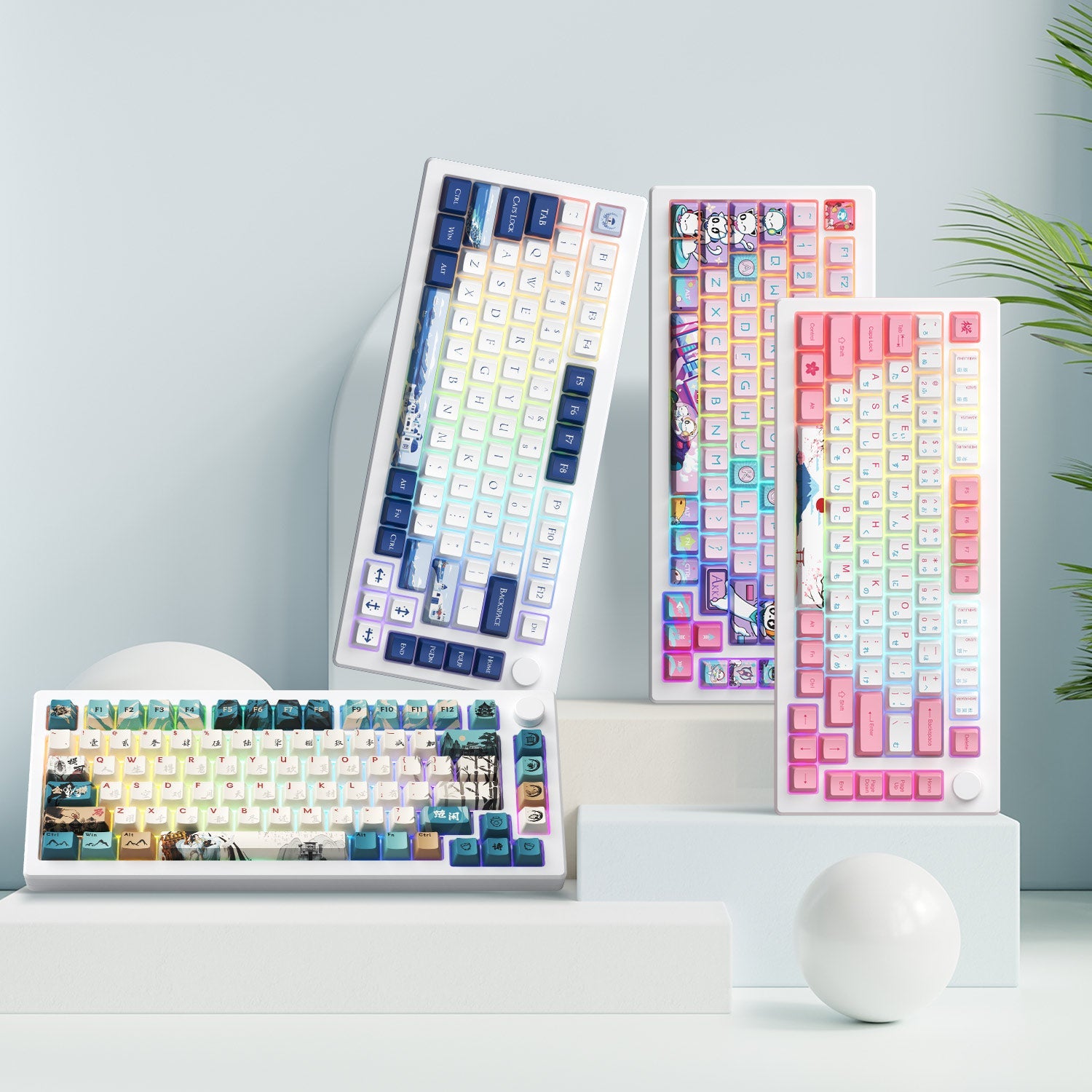




Leave a comment
All comments are moderated before being published.
This site is protected by hCaptcha and the hCaptcha Privacy Policy and Terms of Service apply.